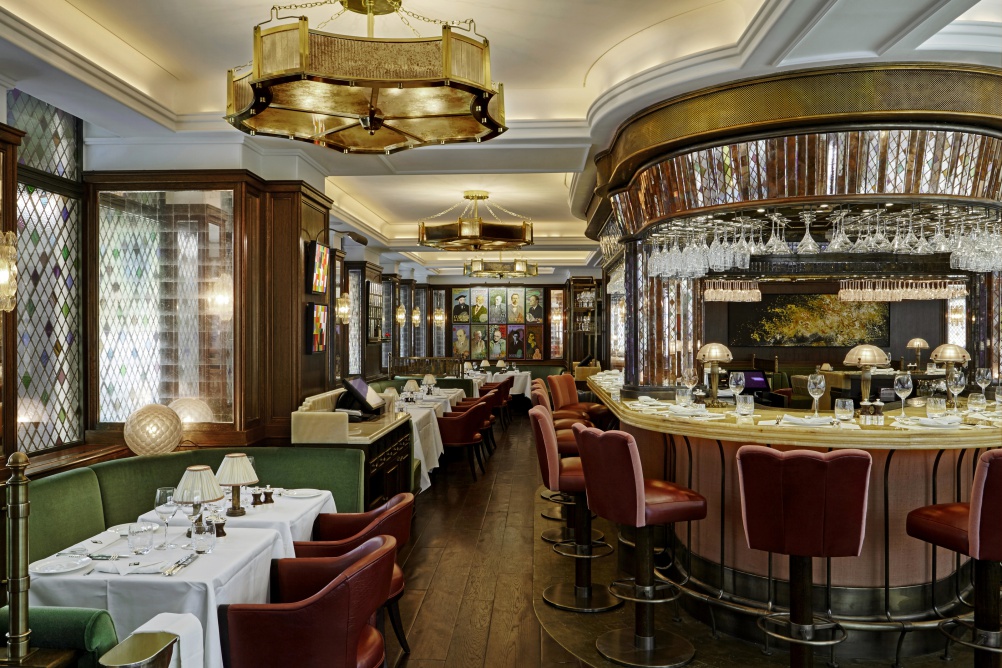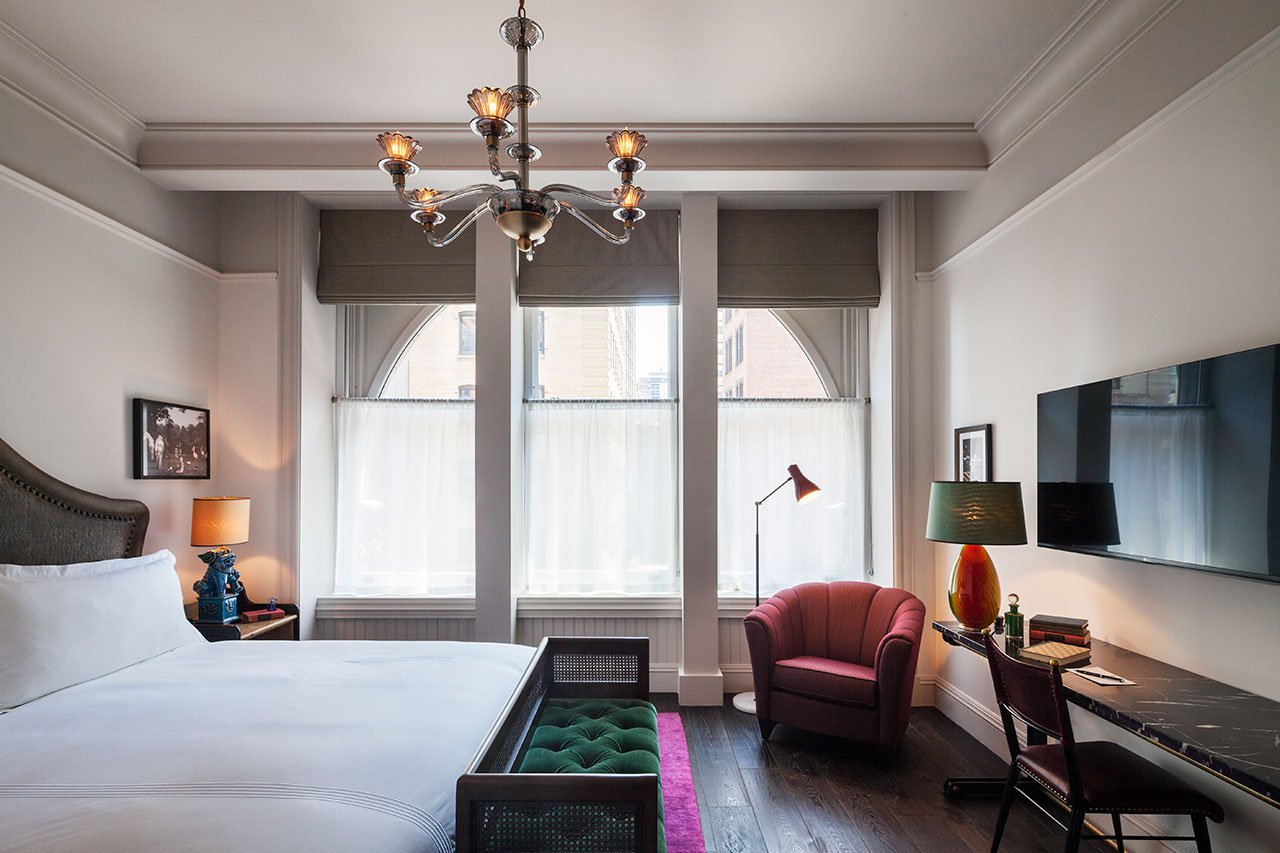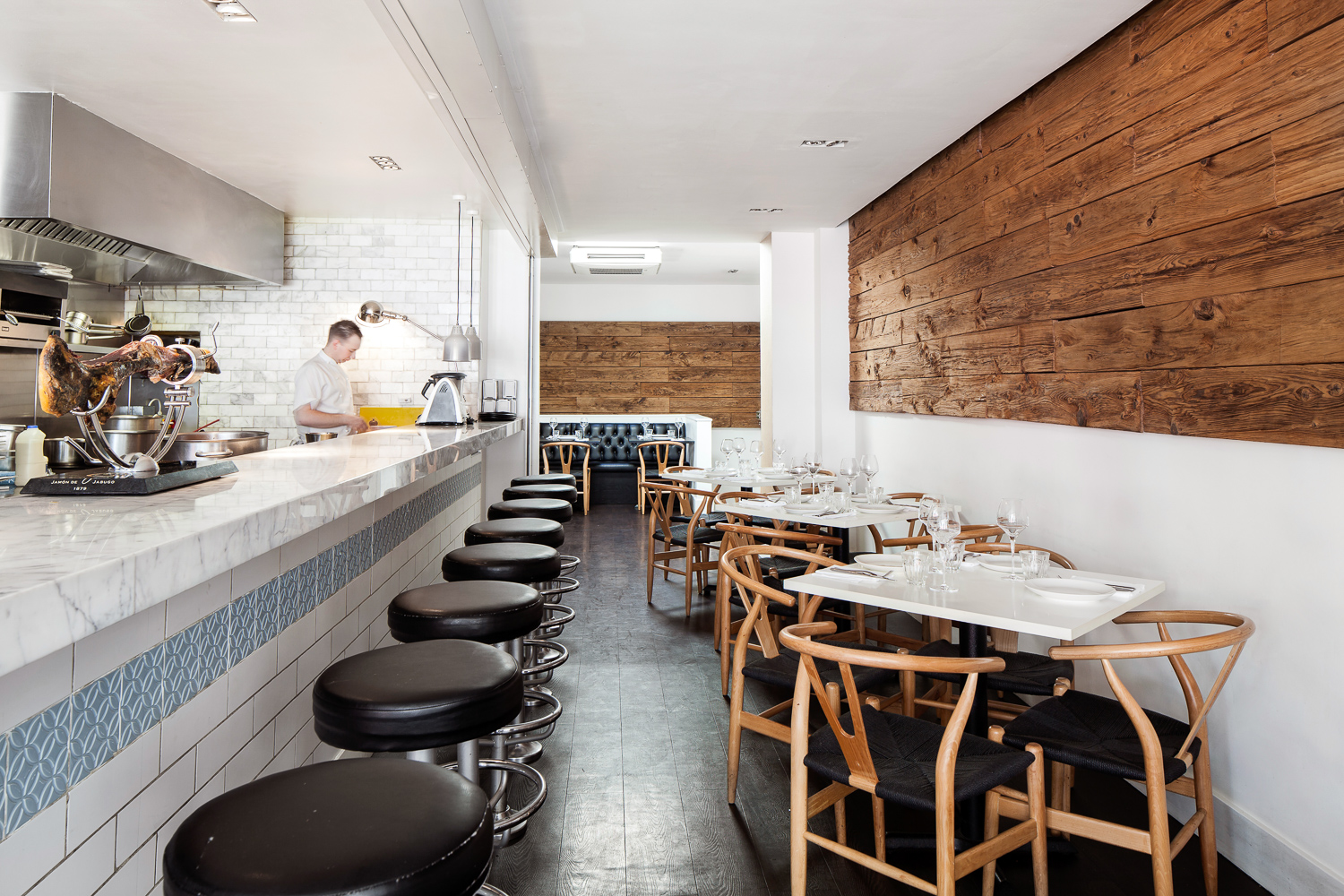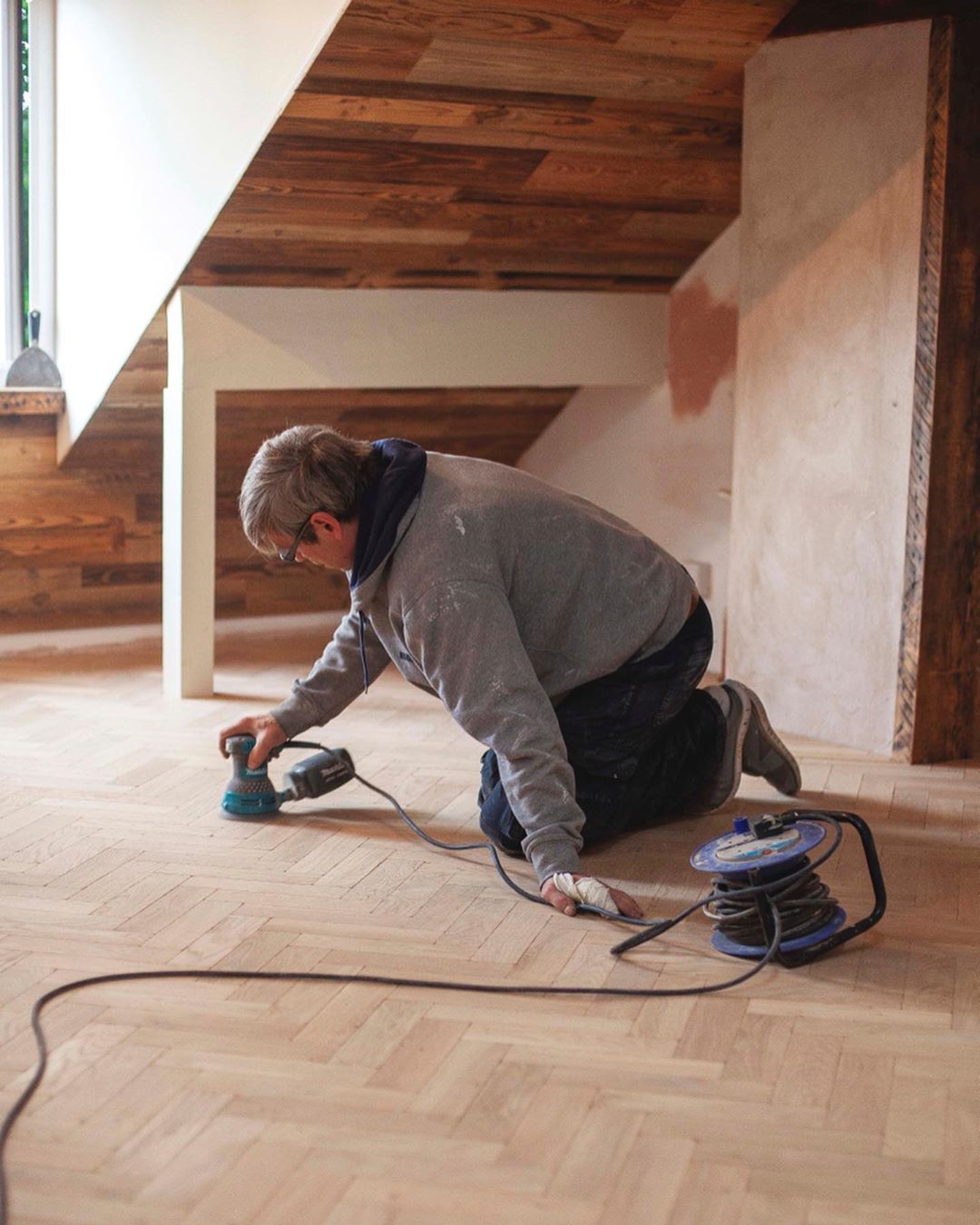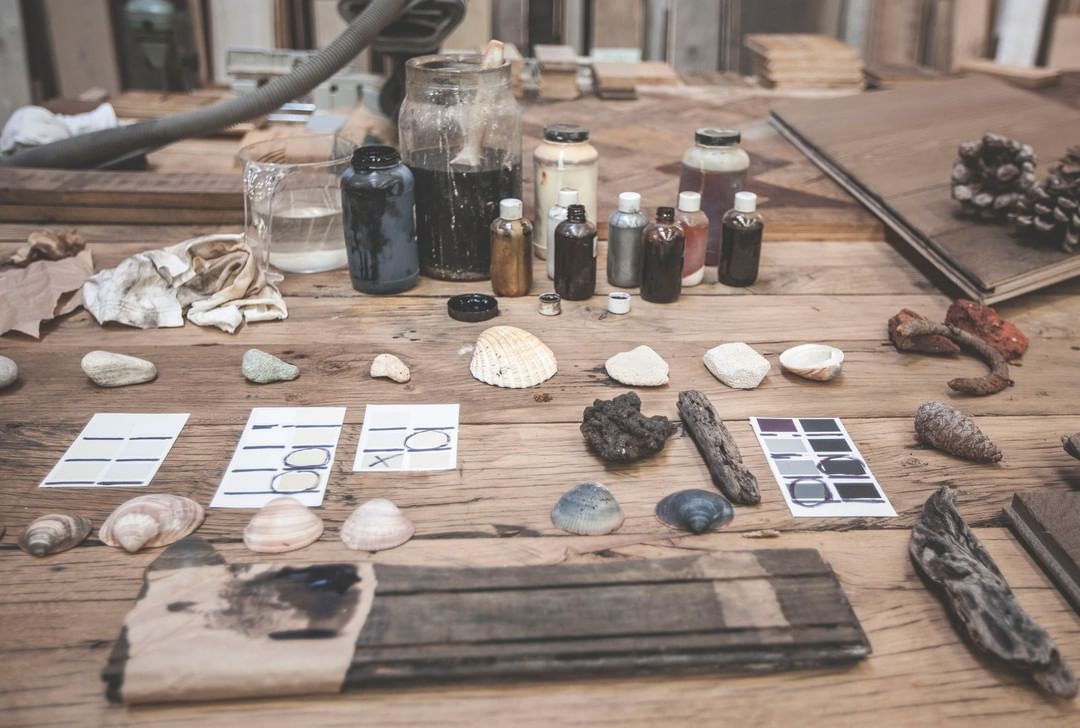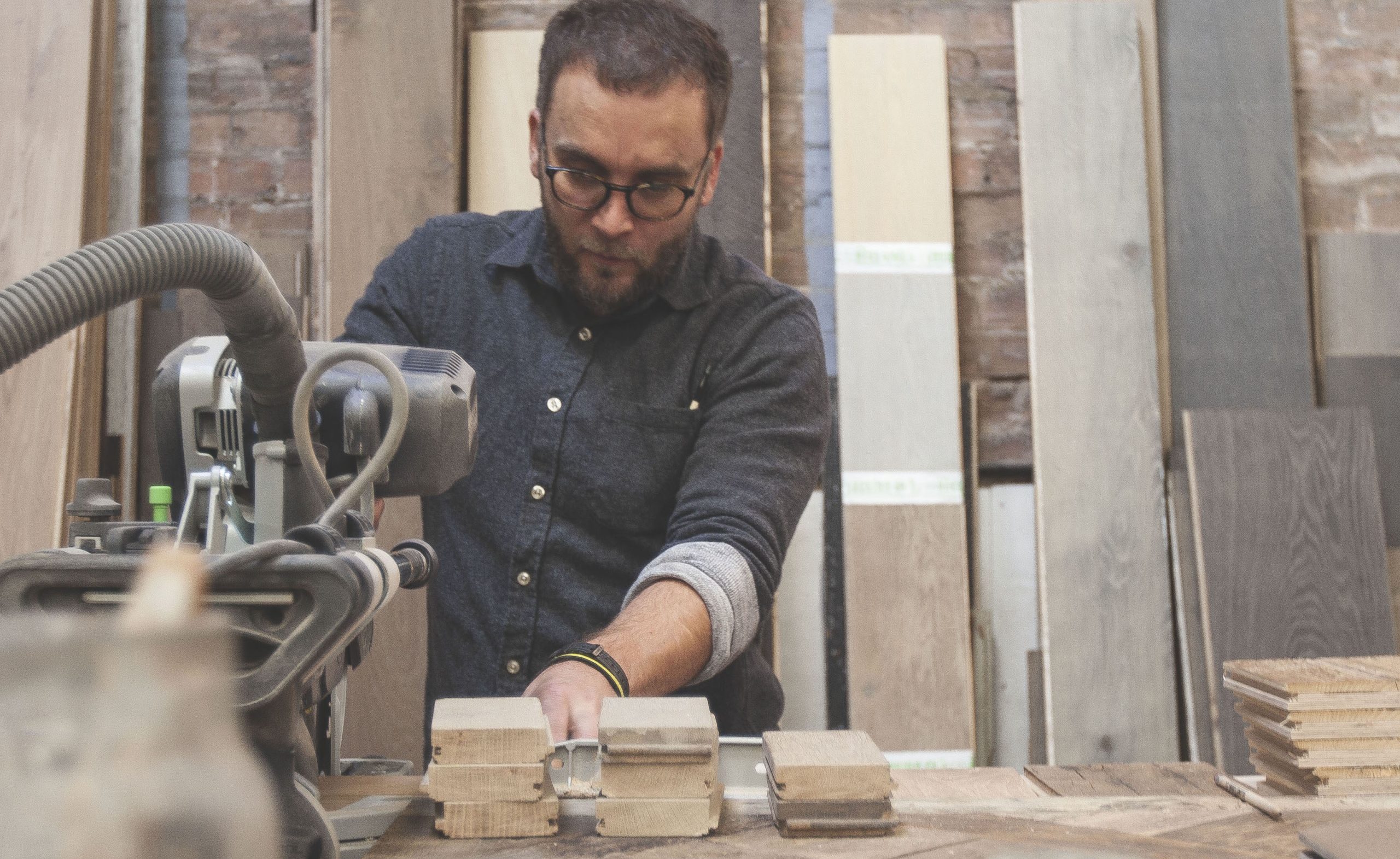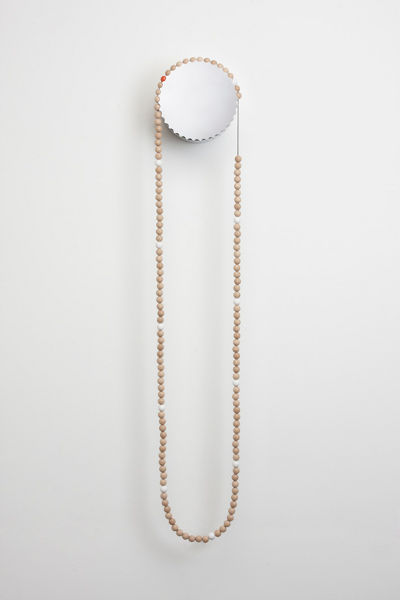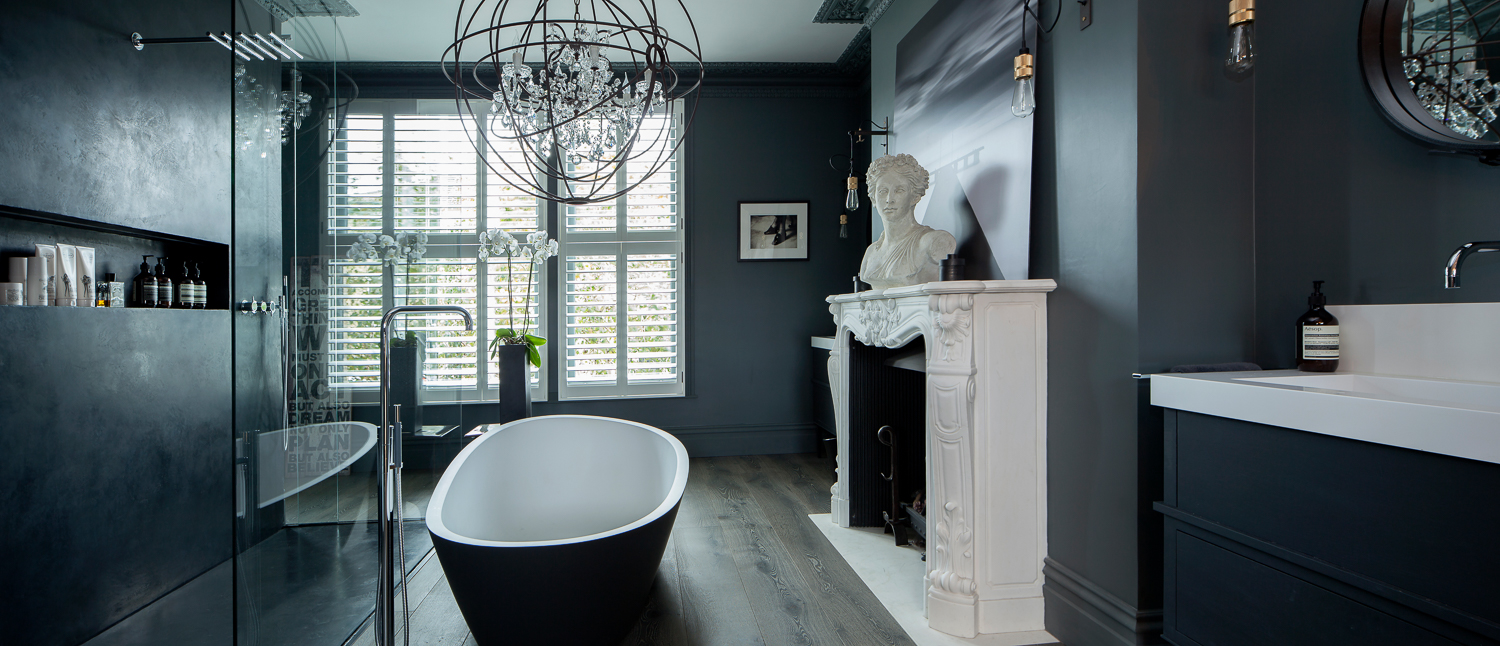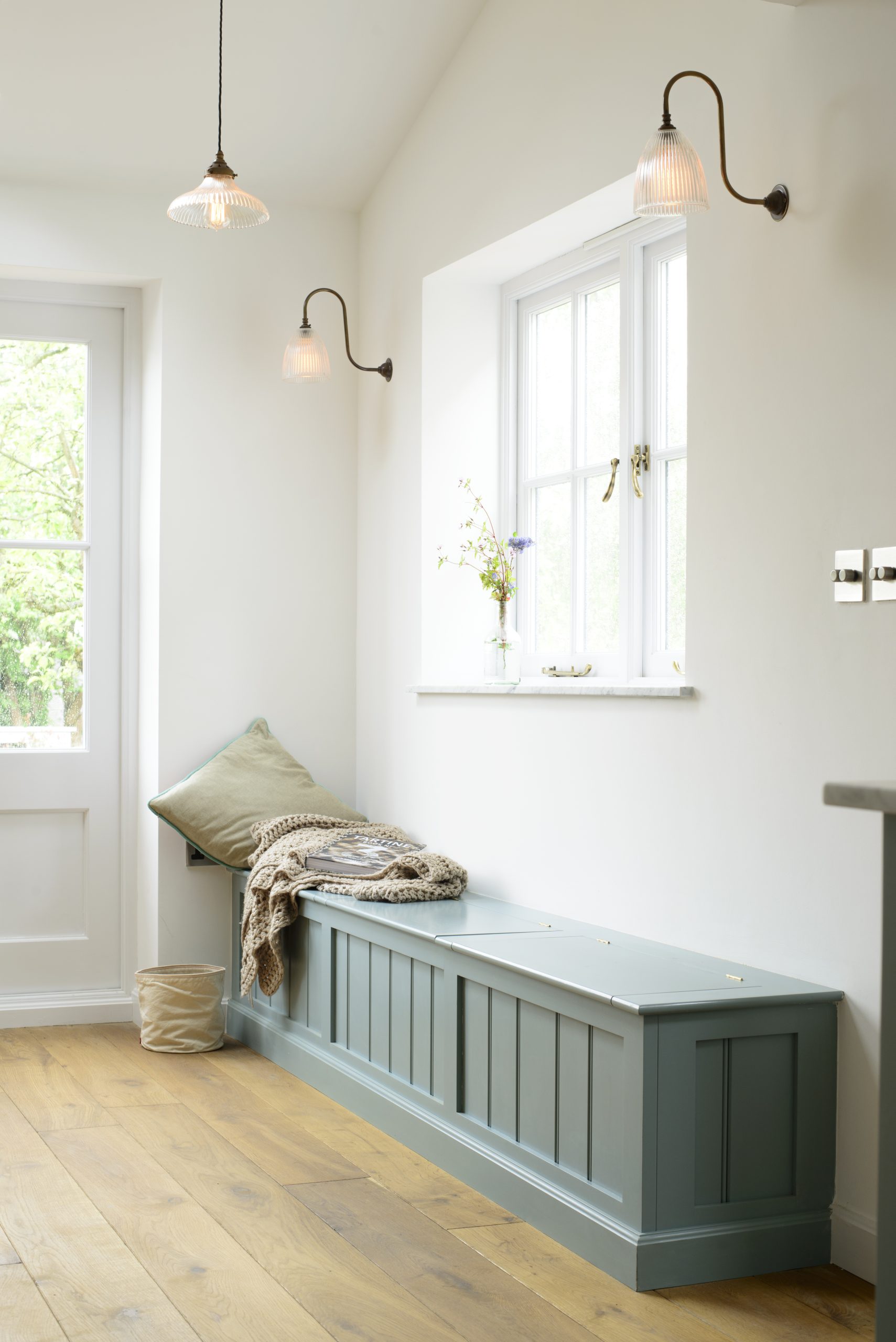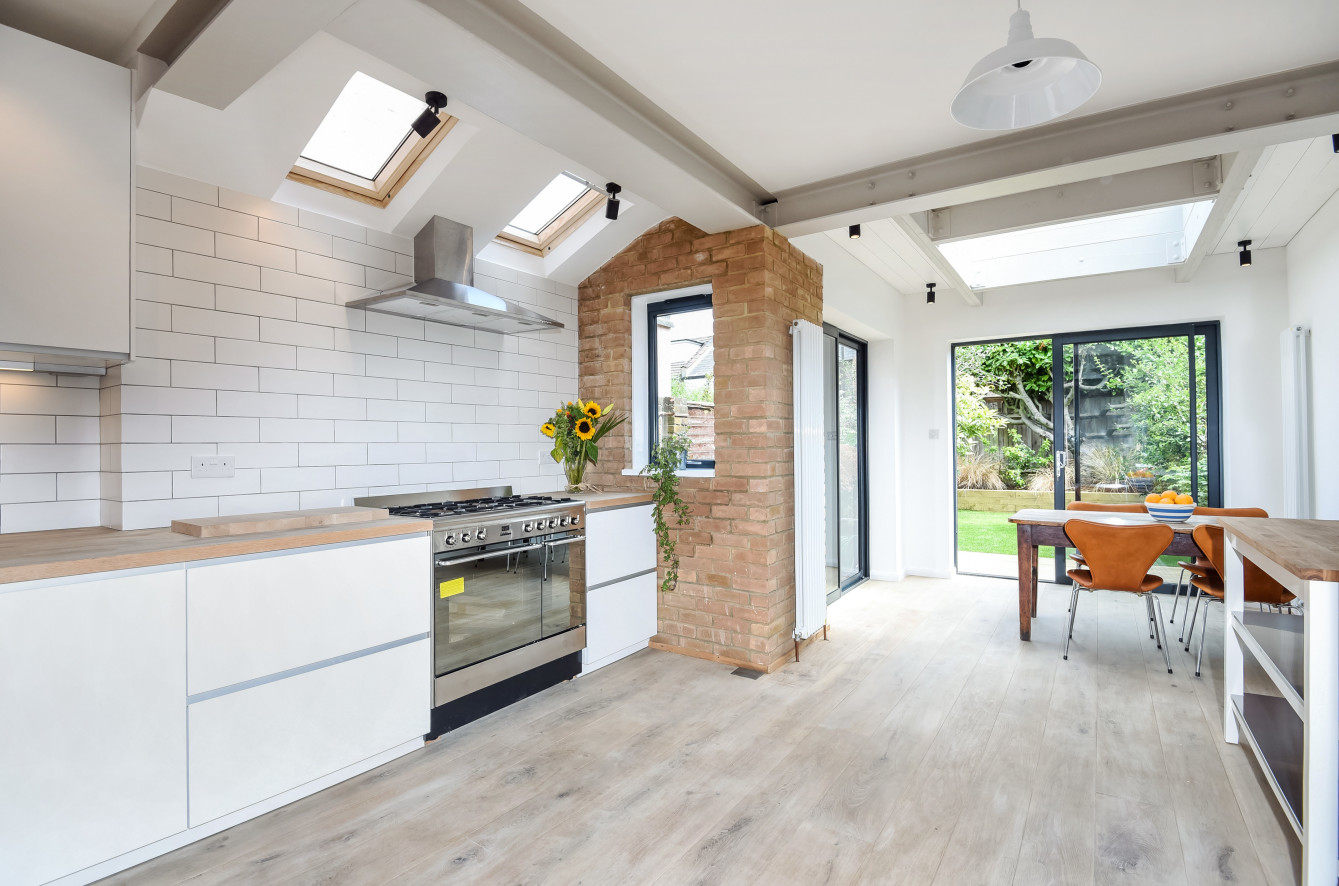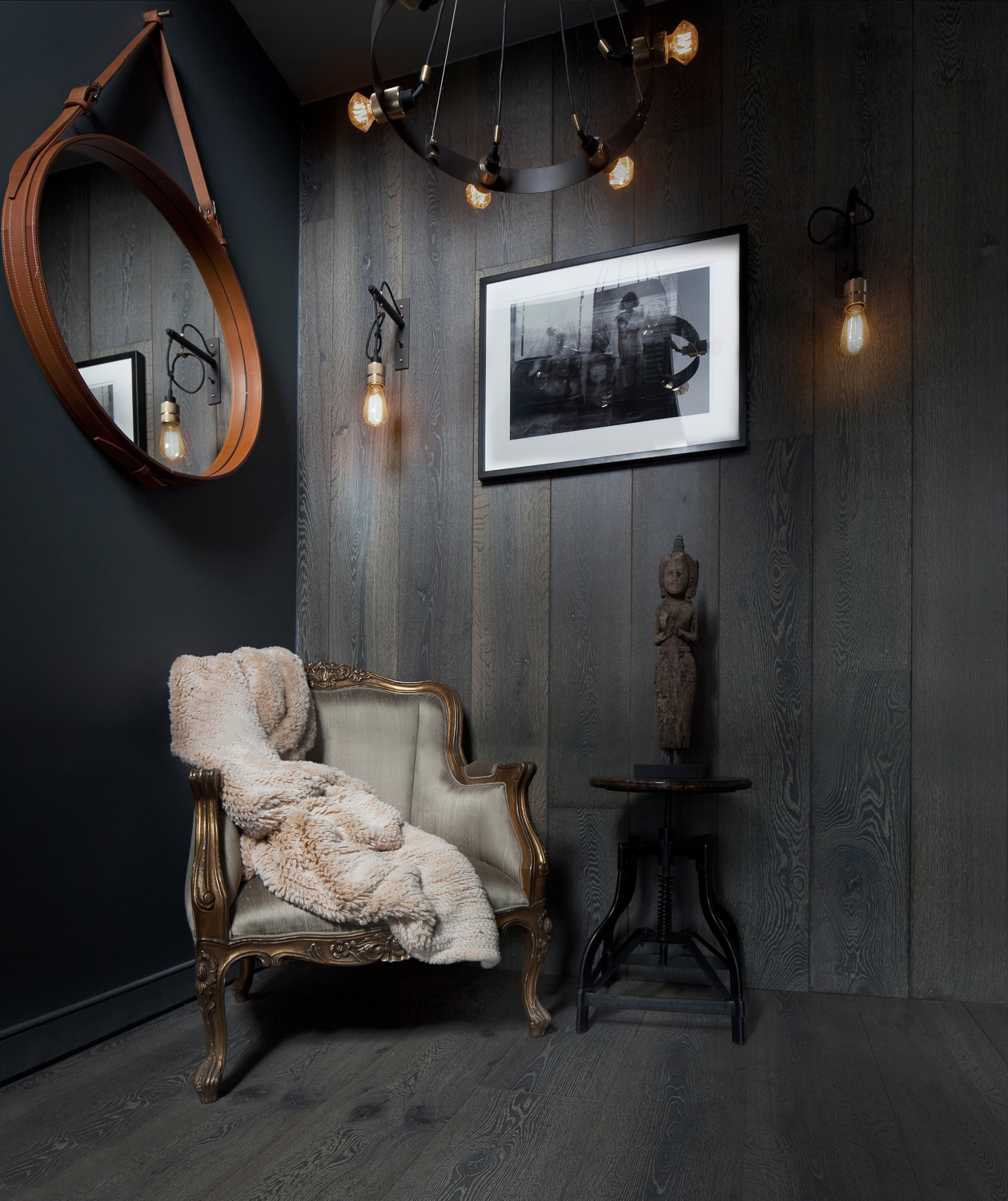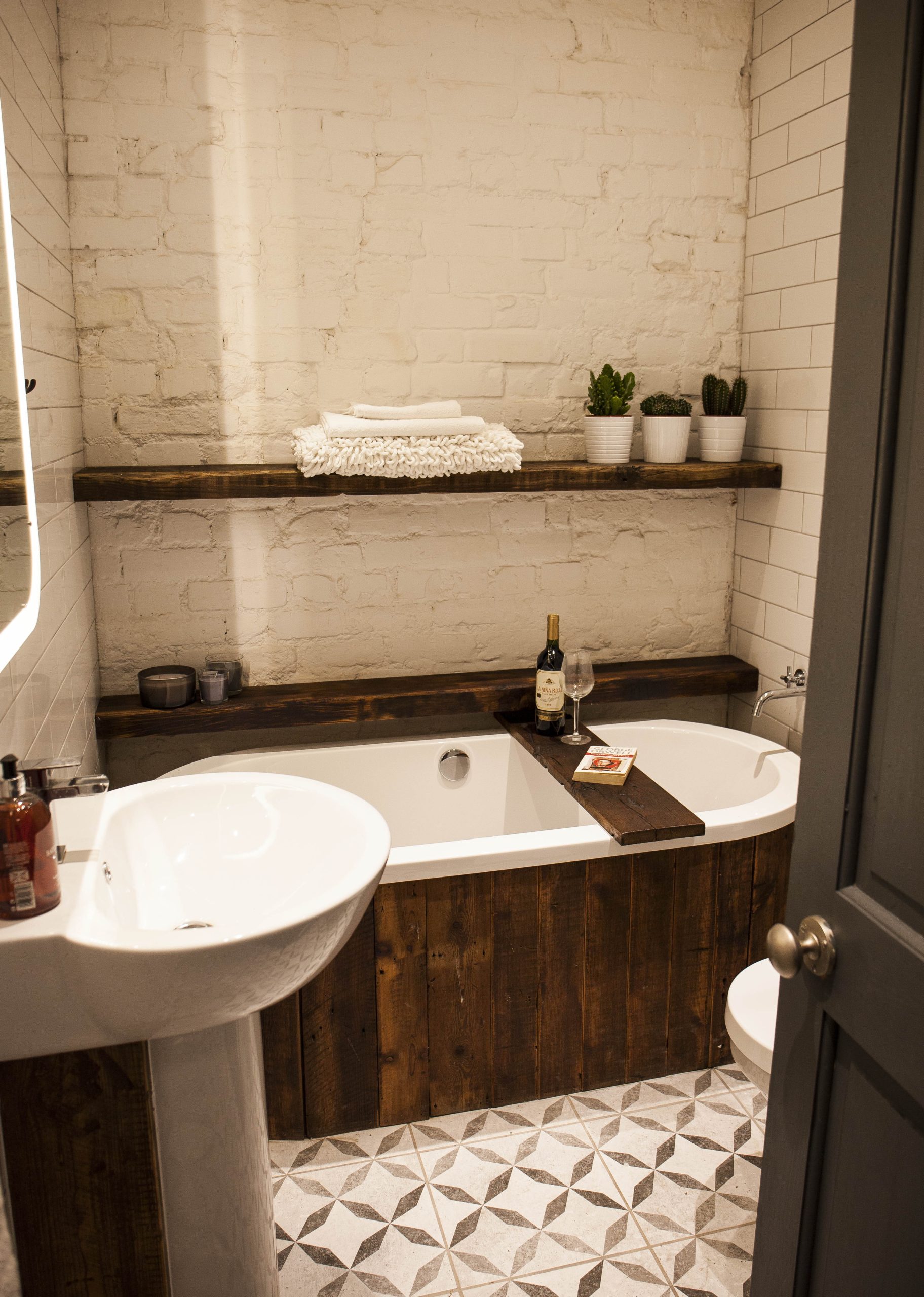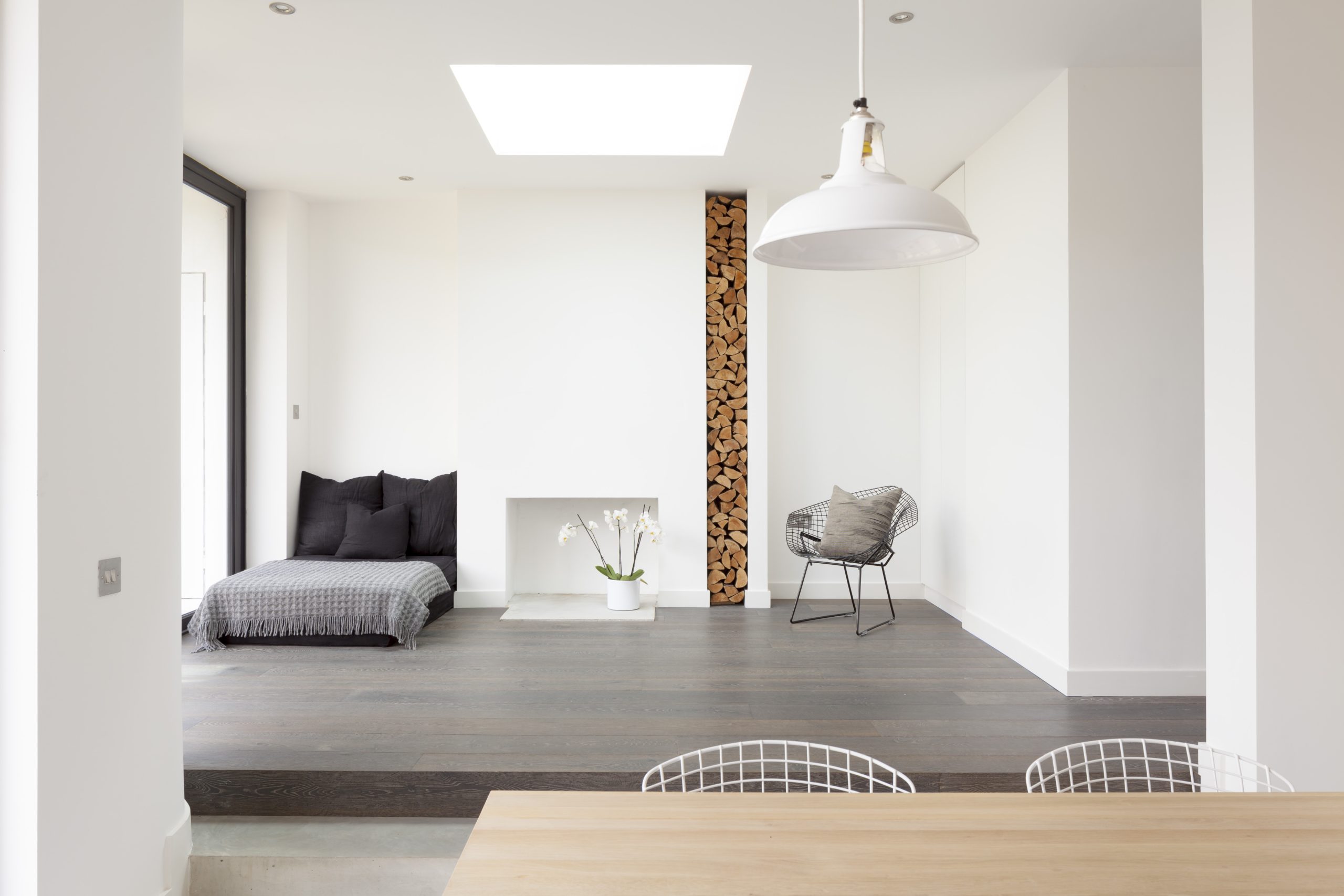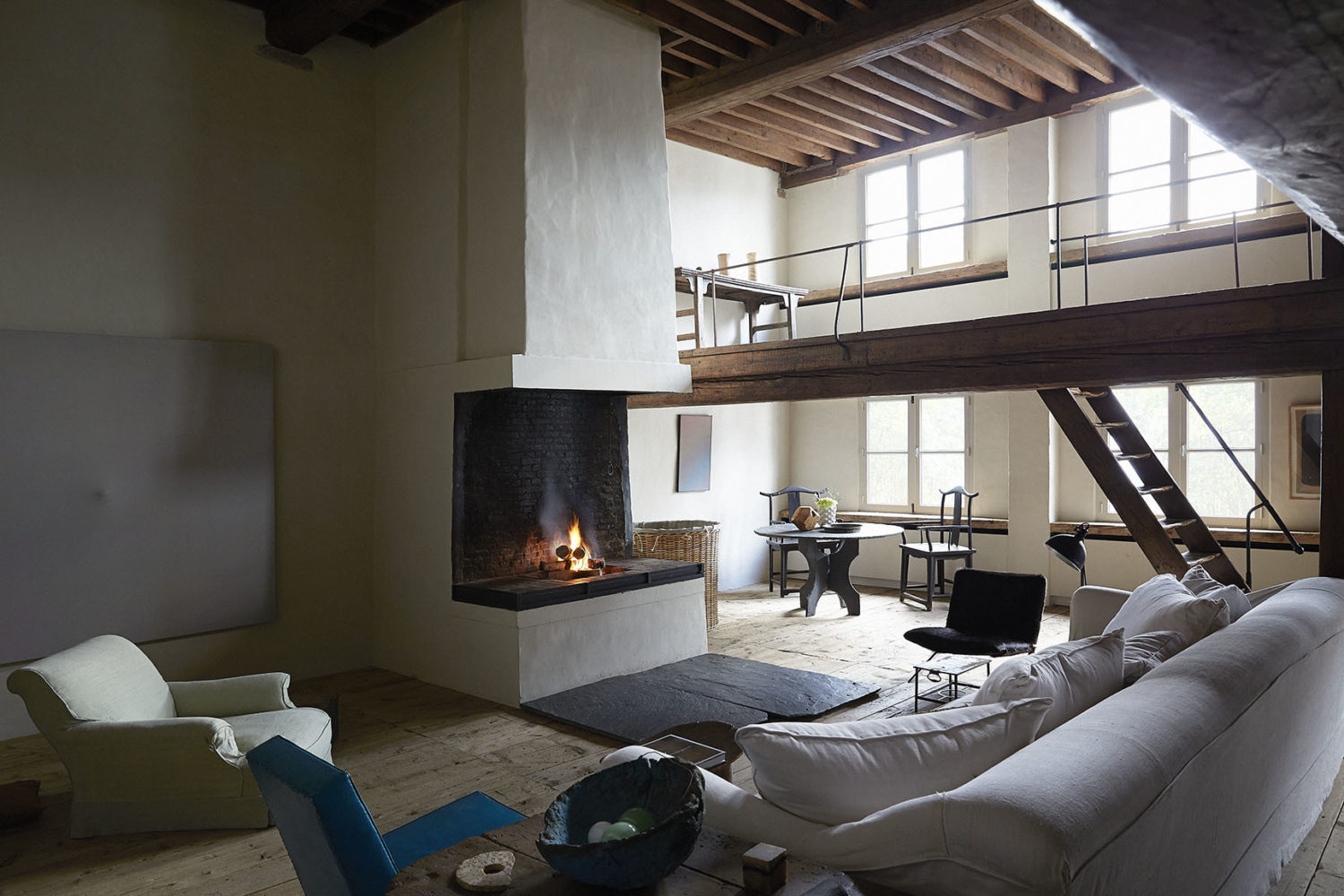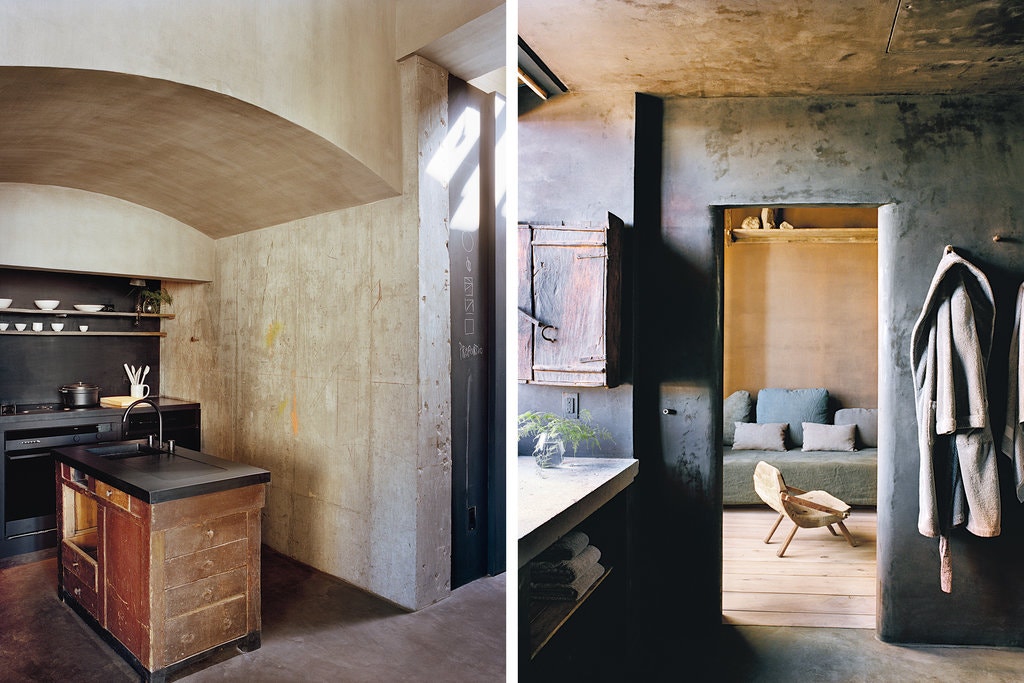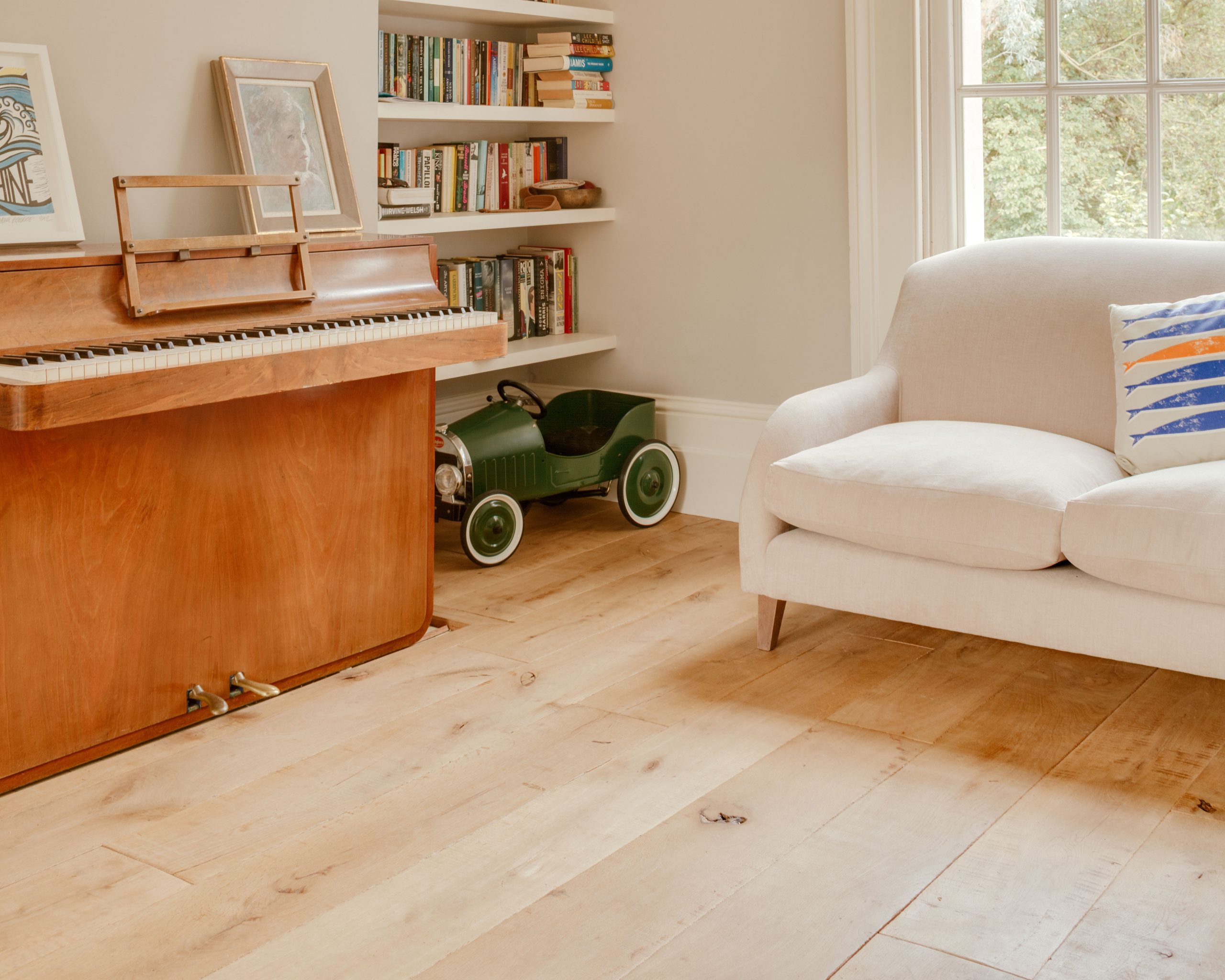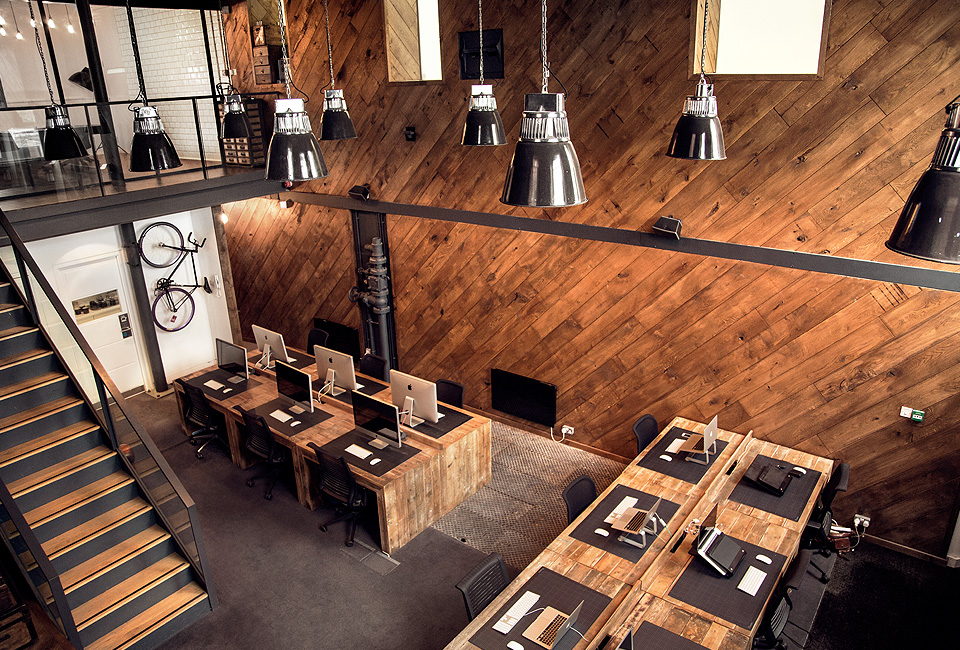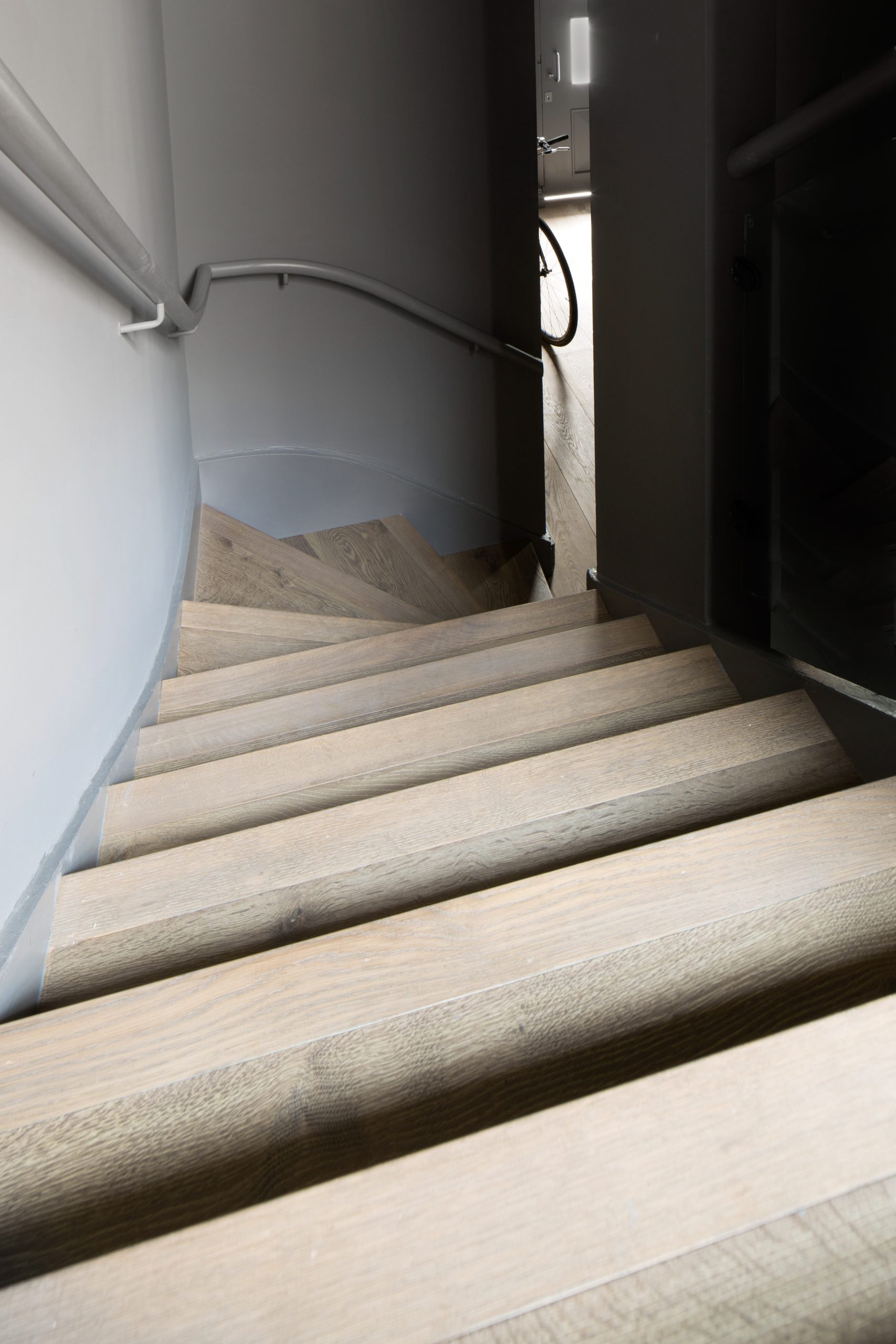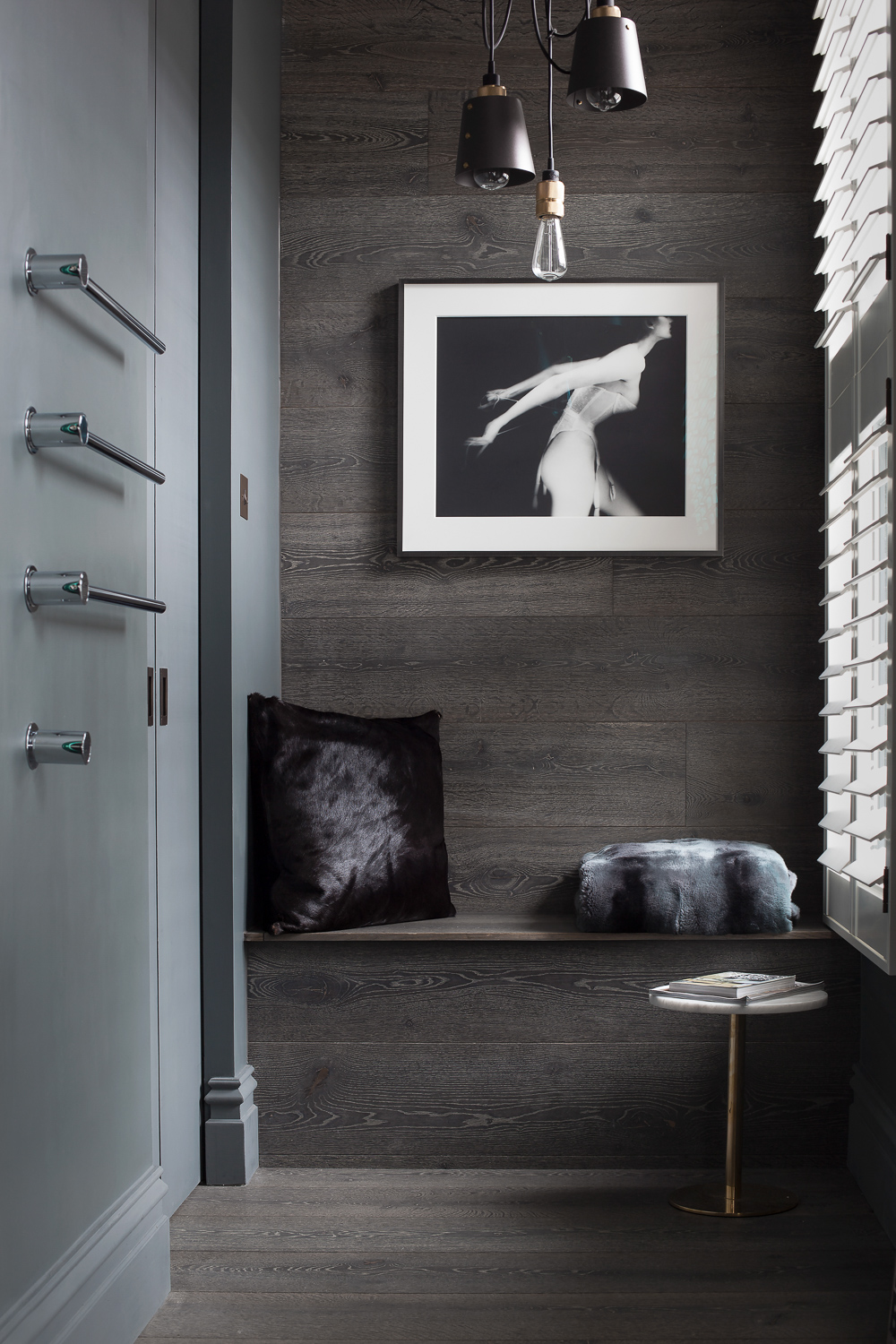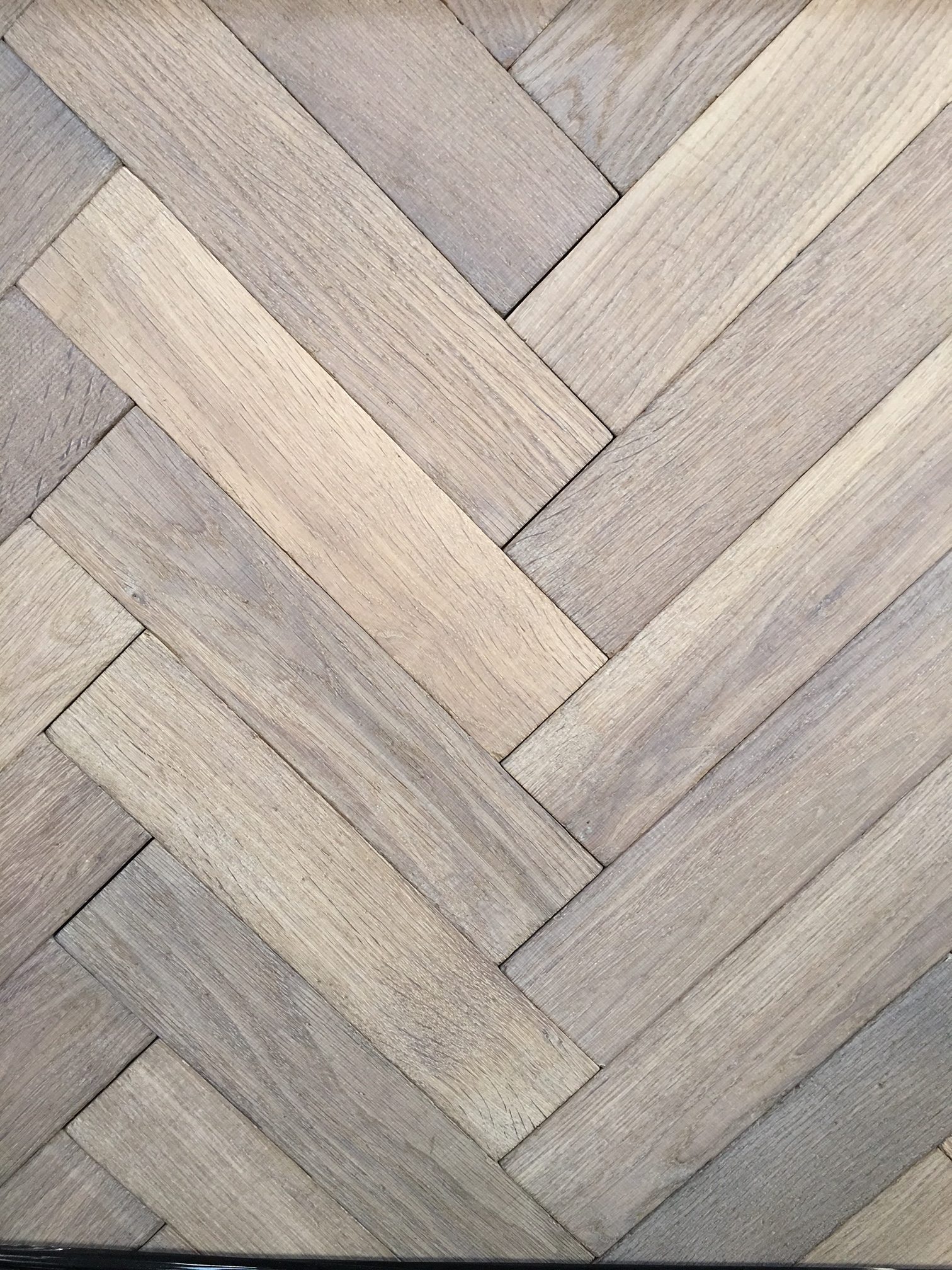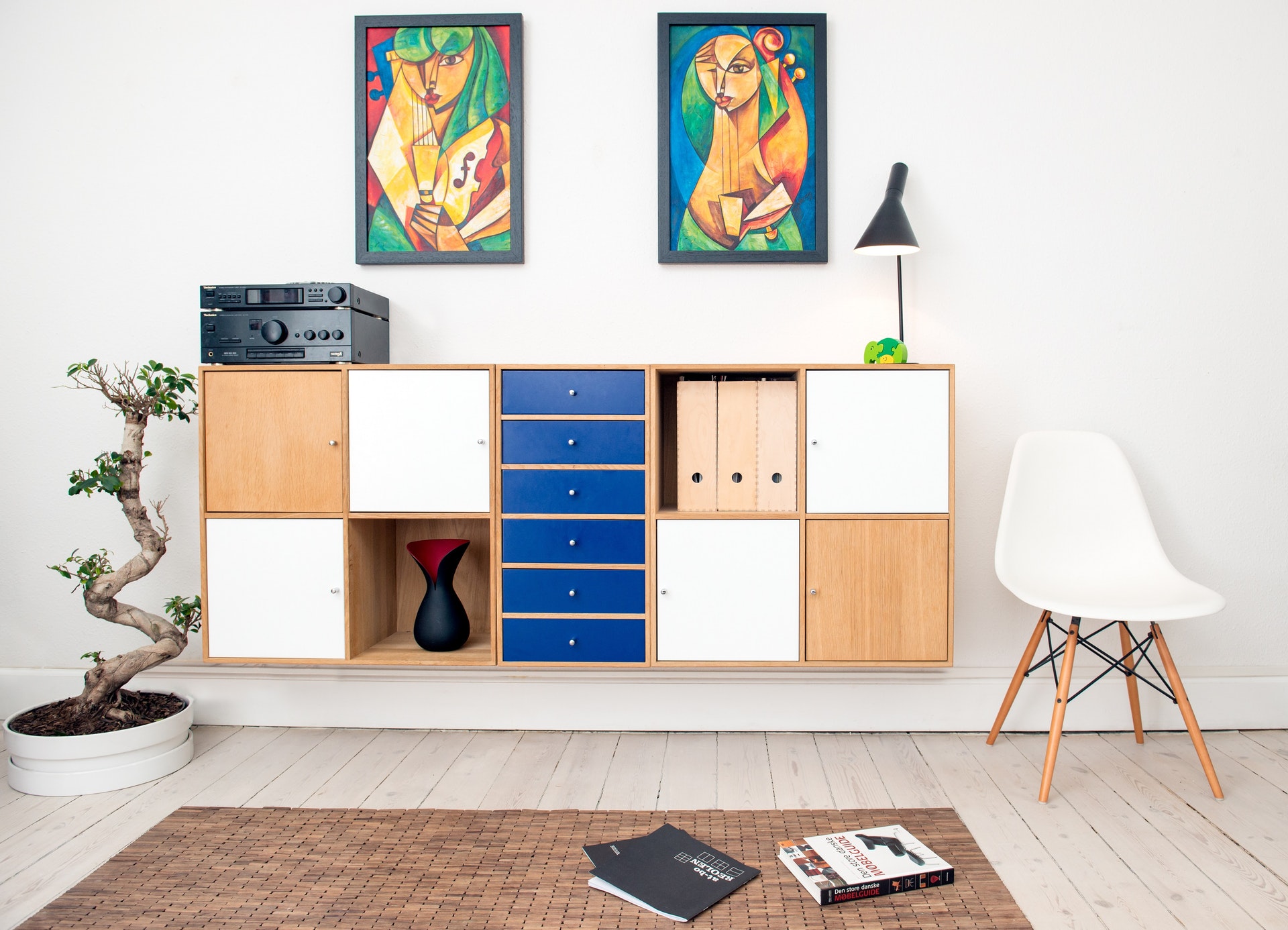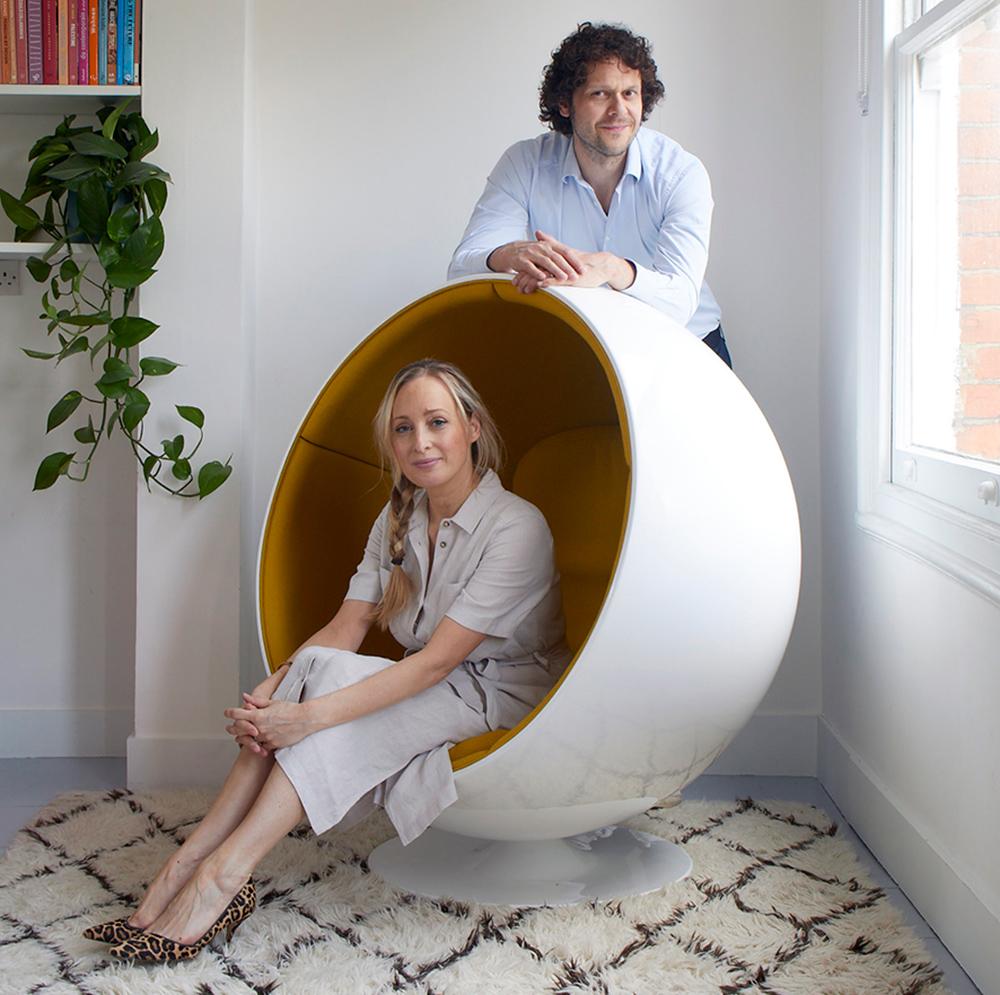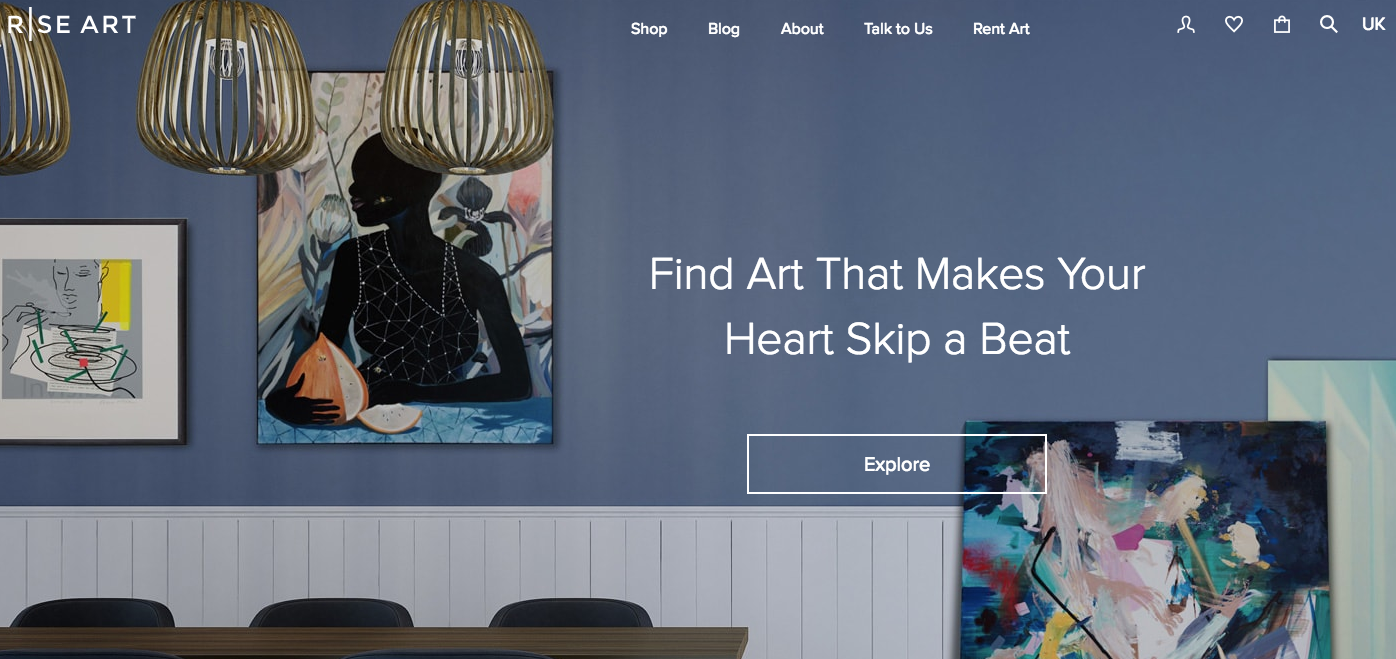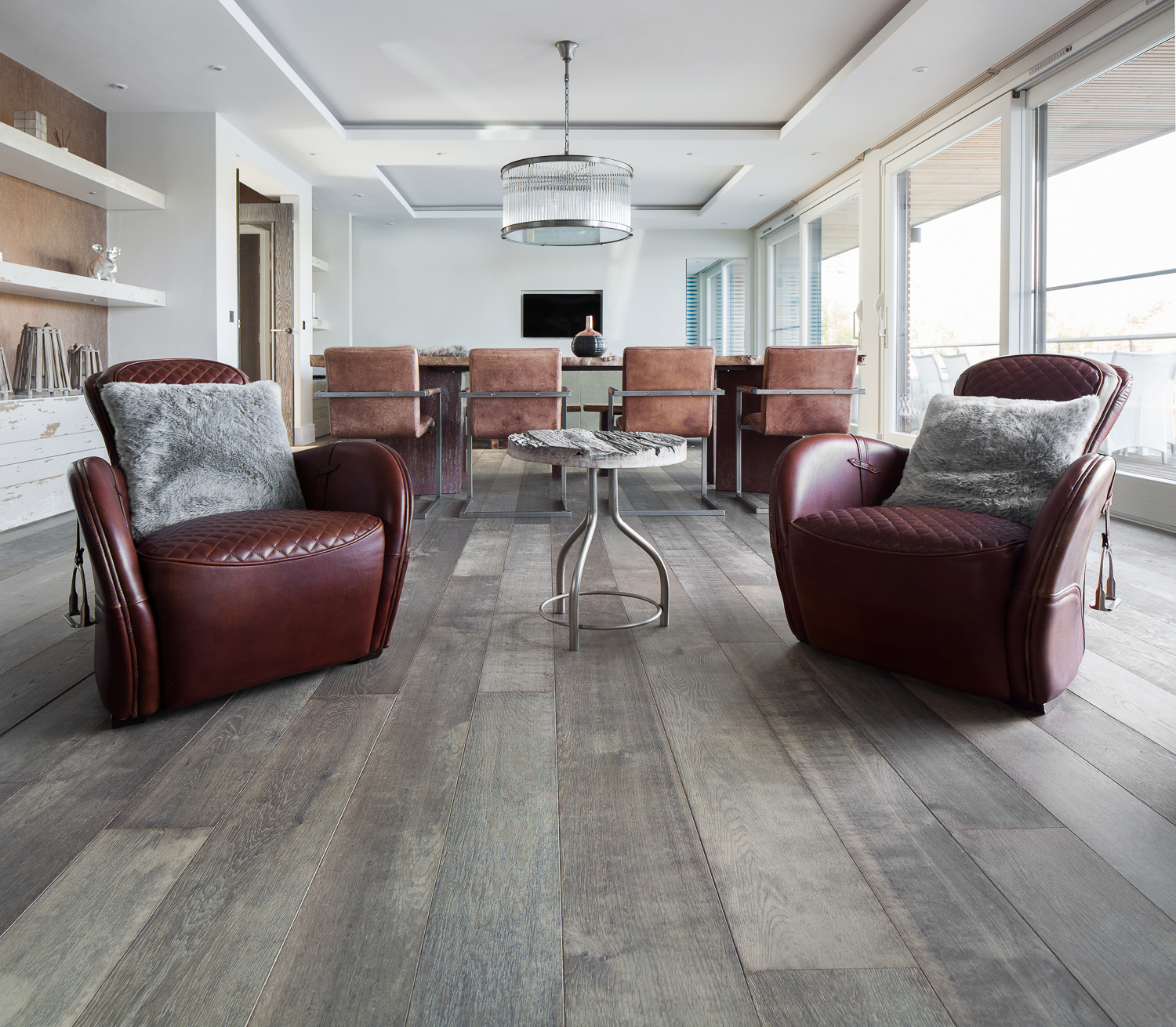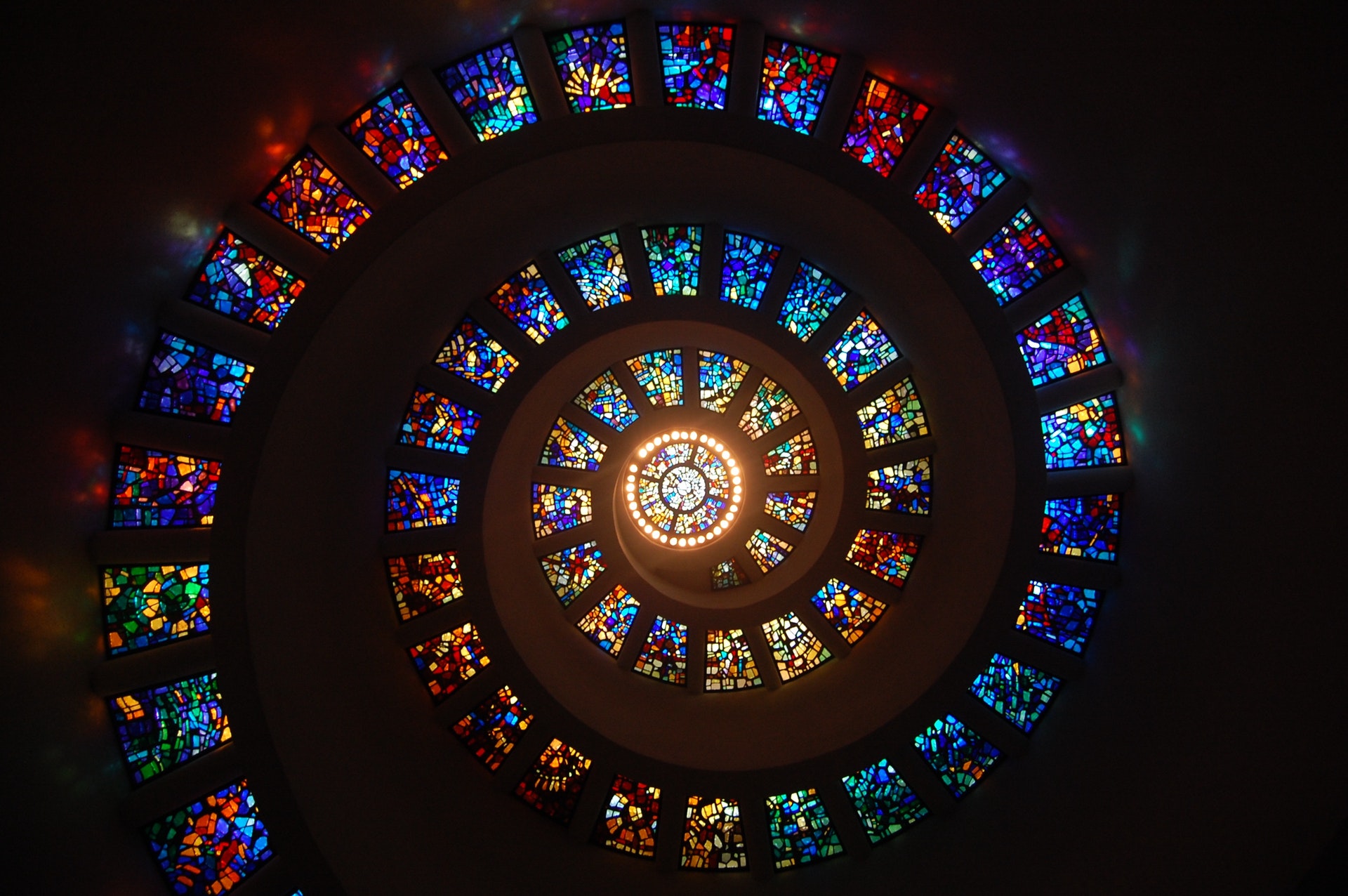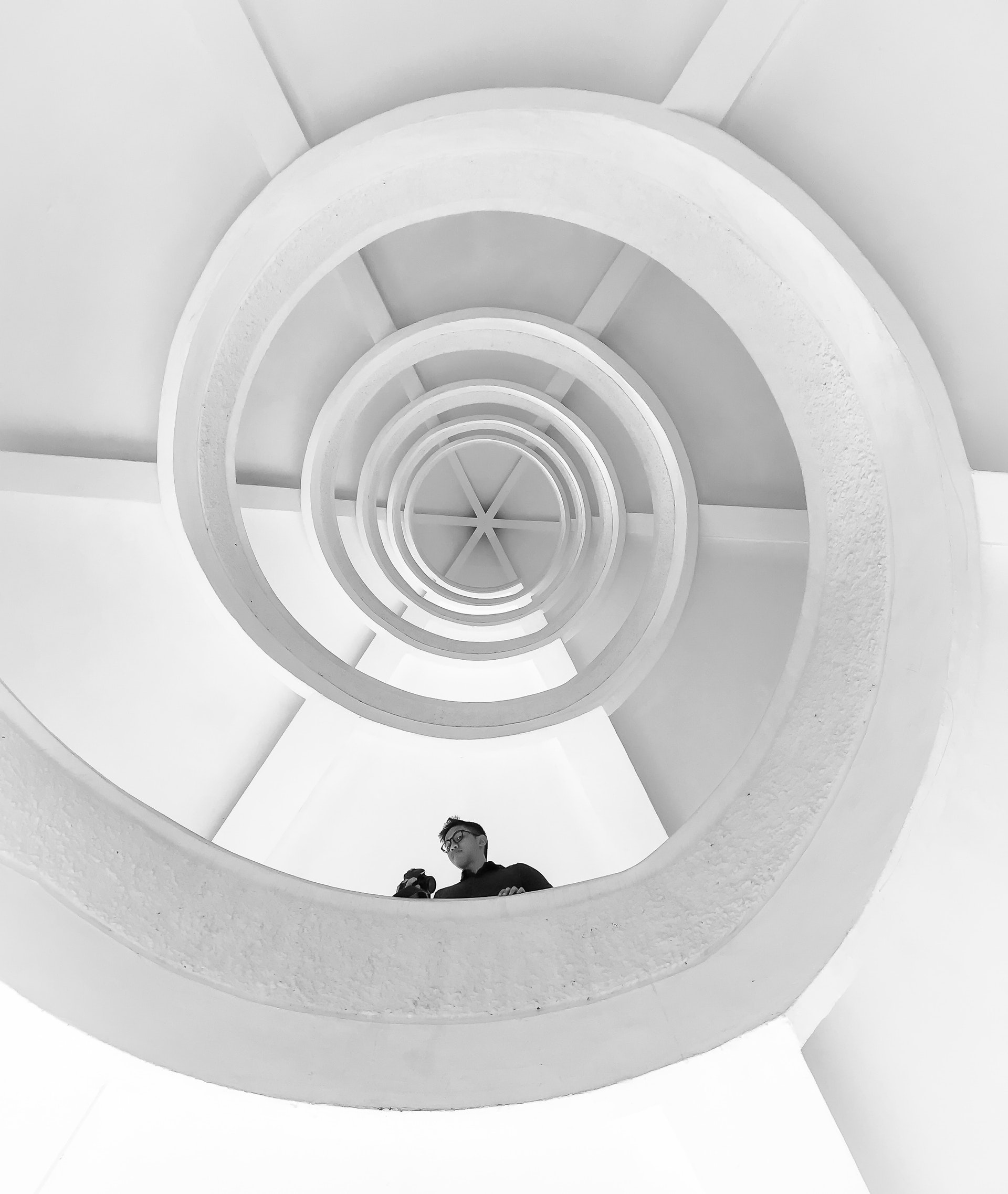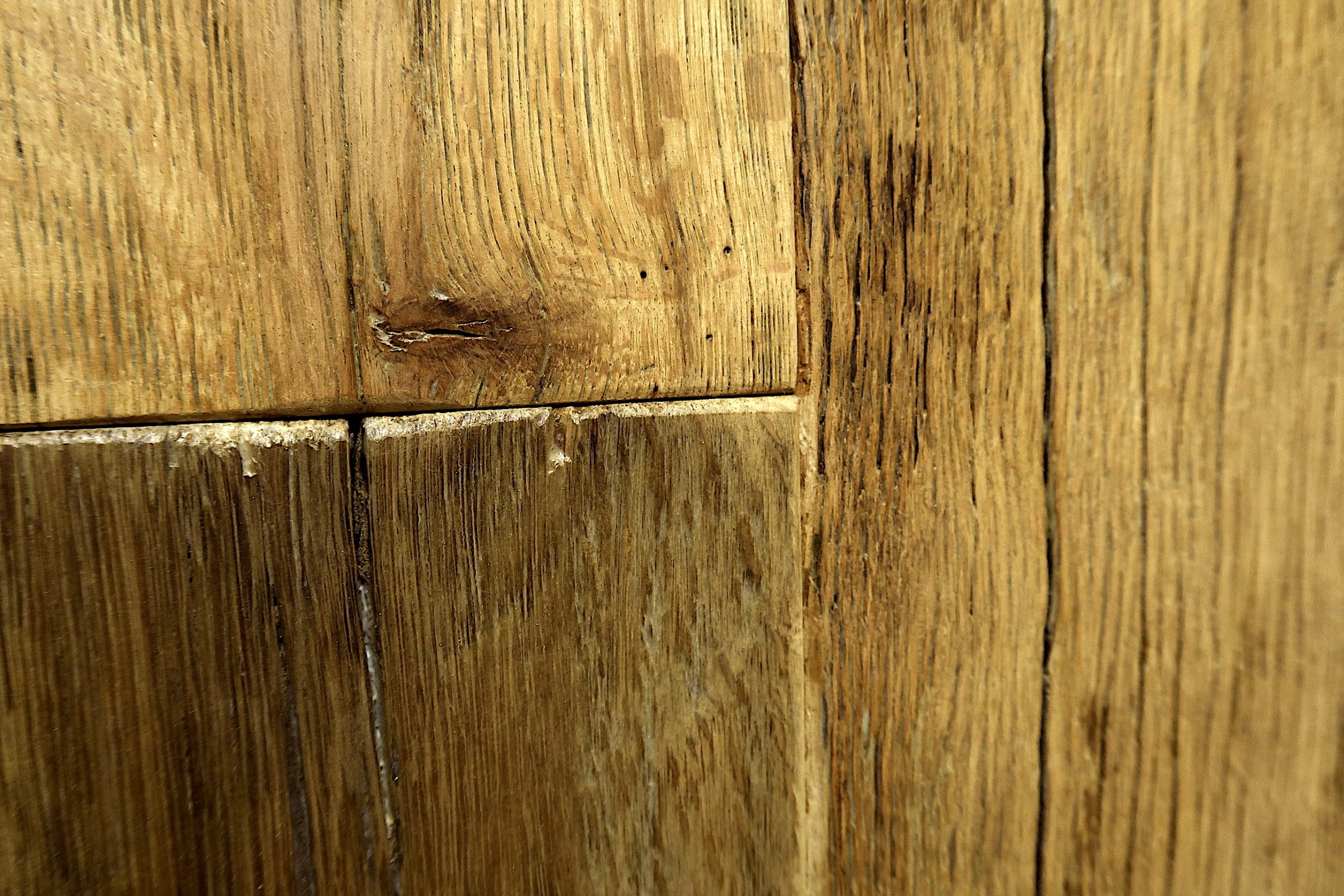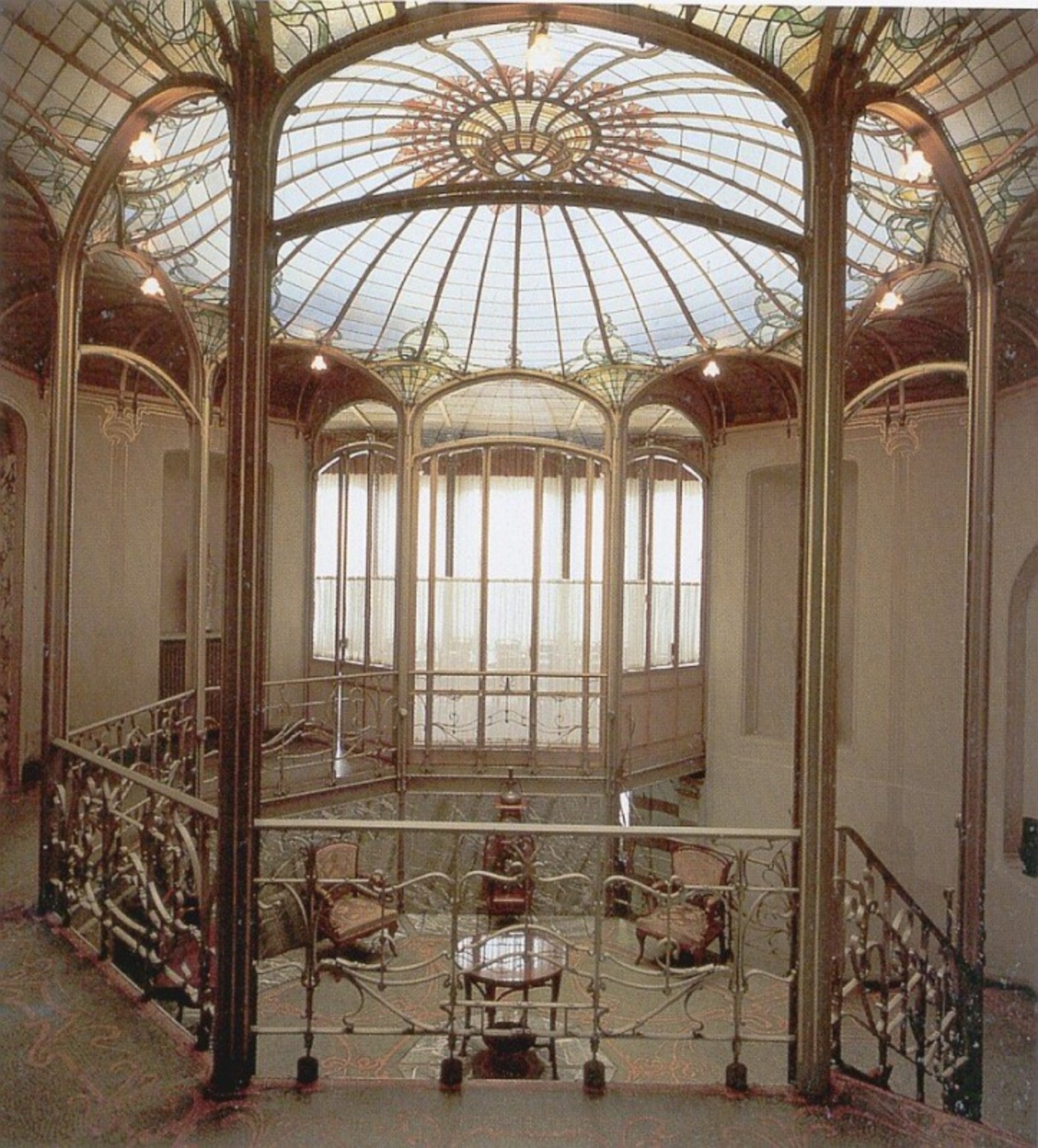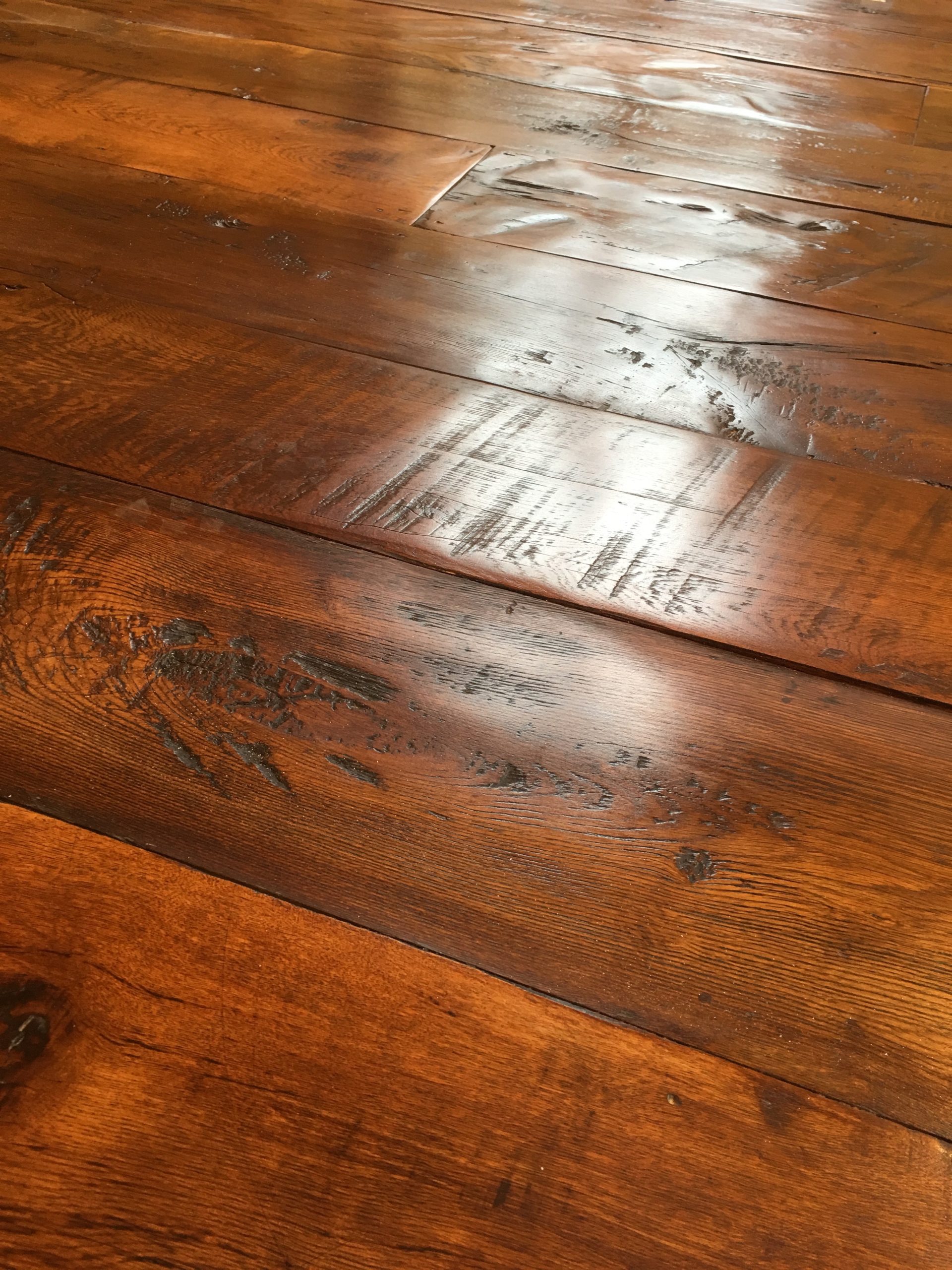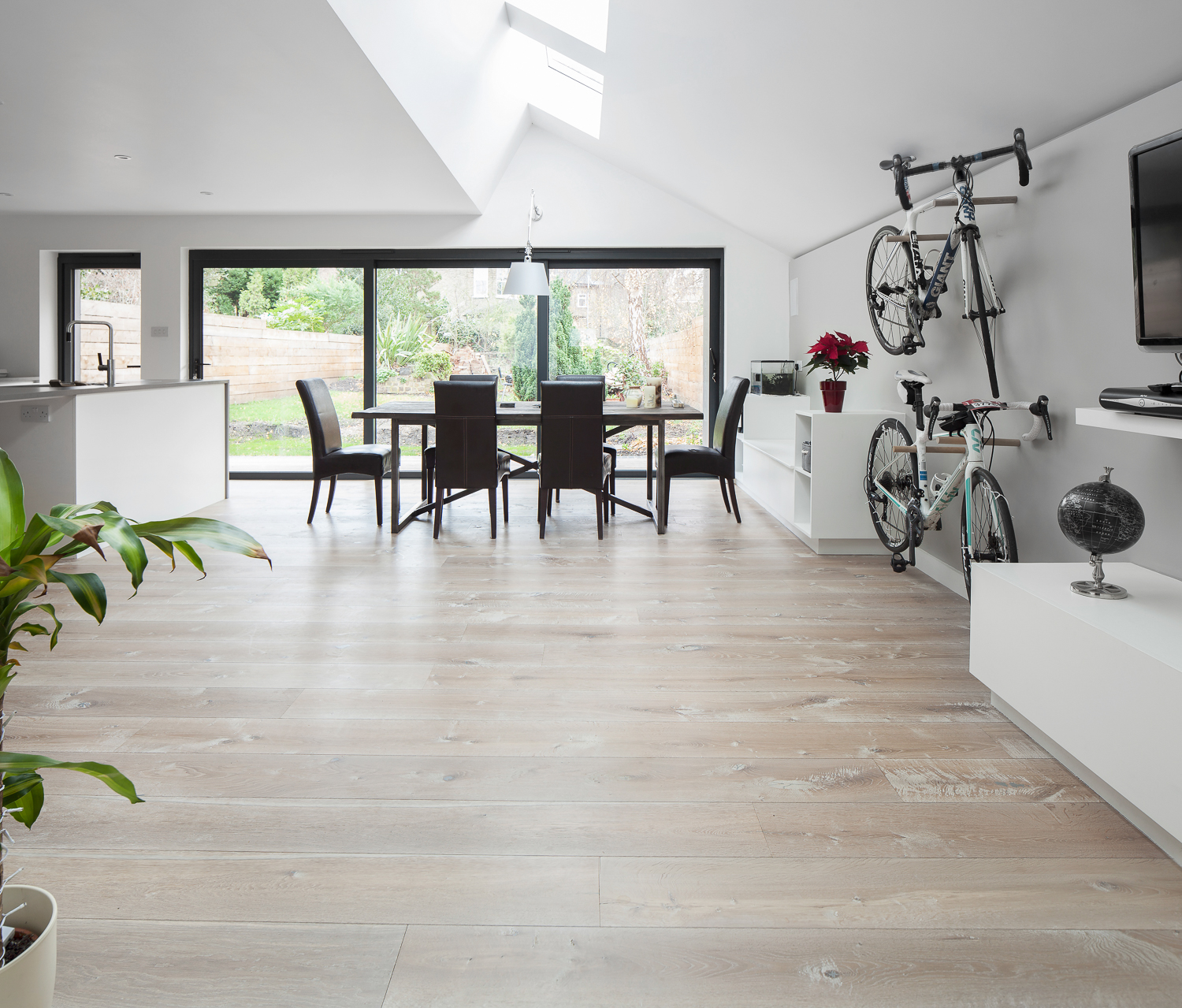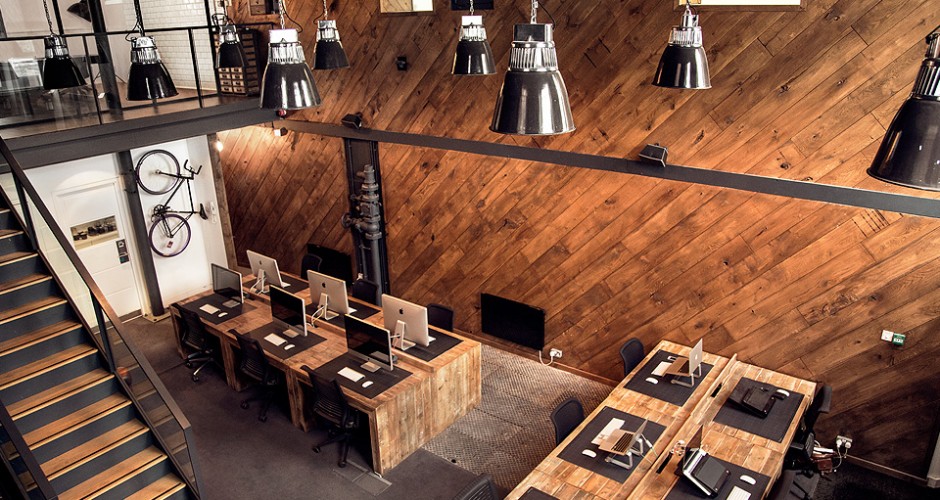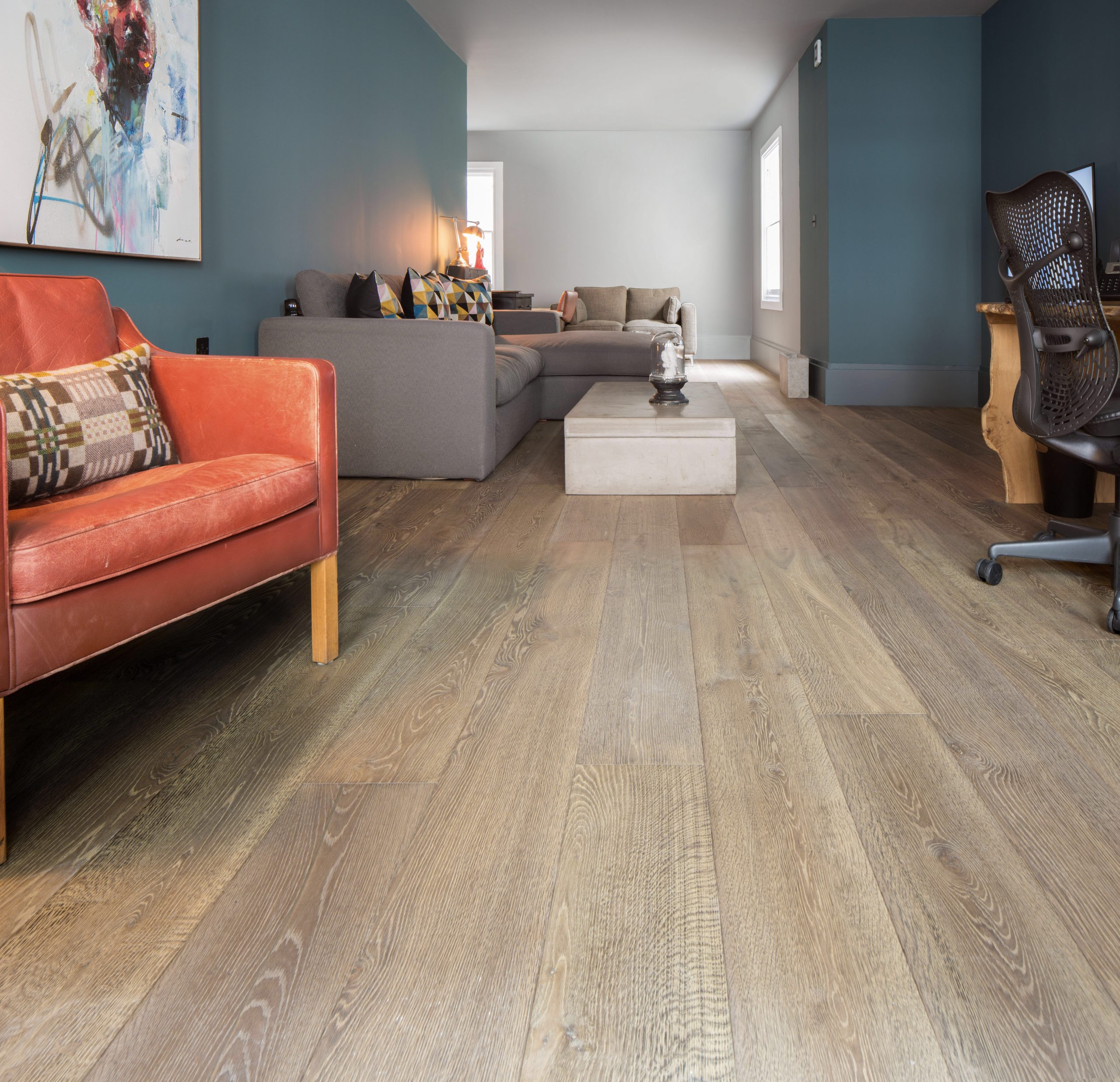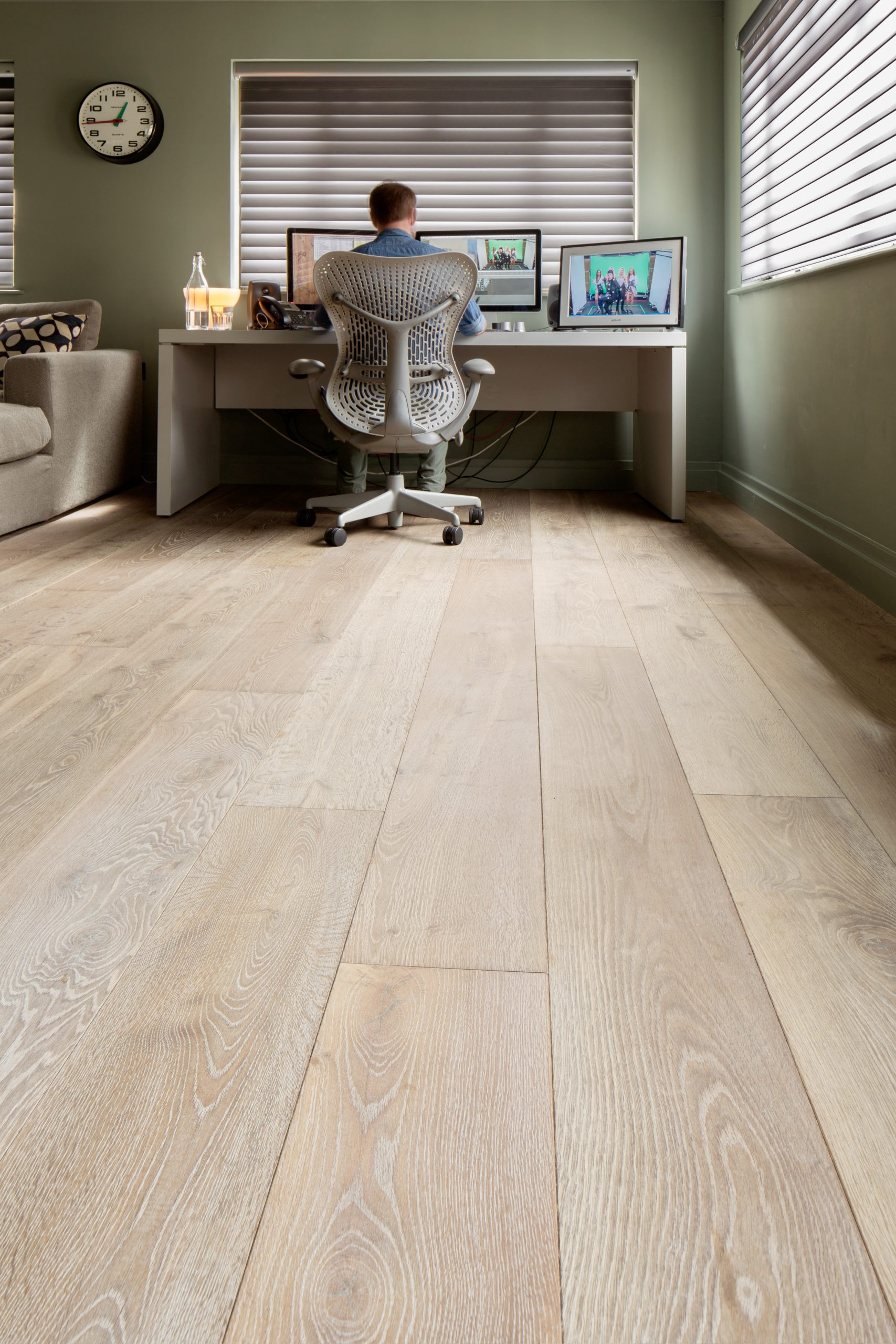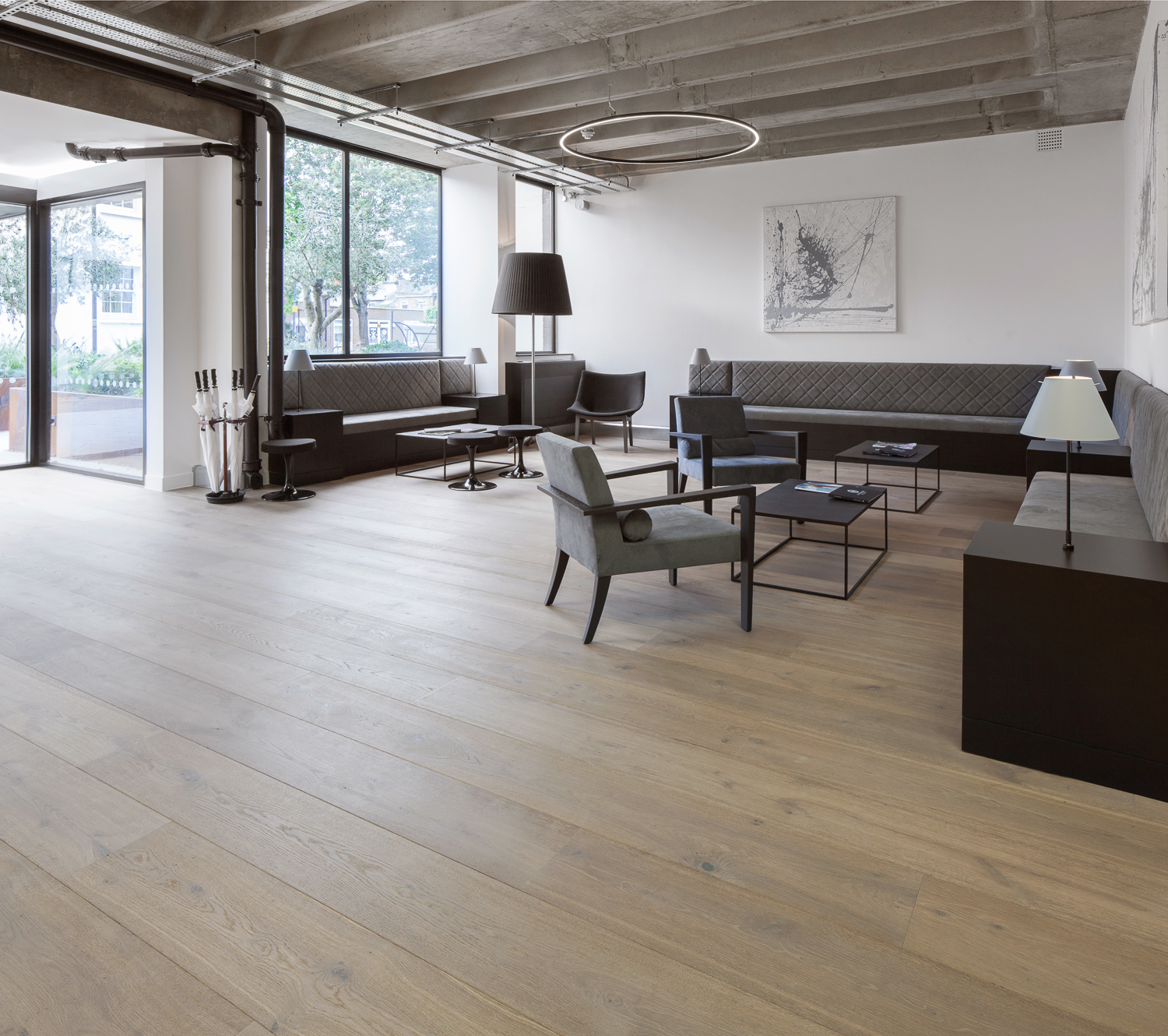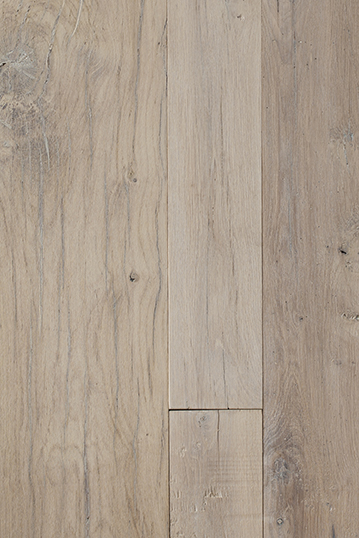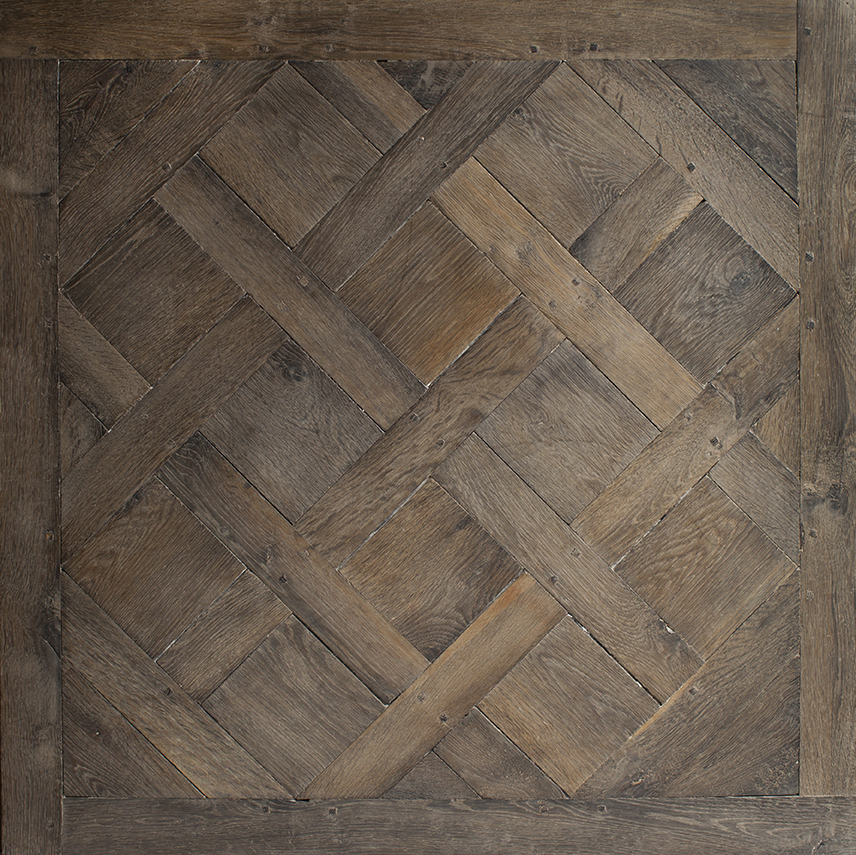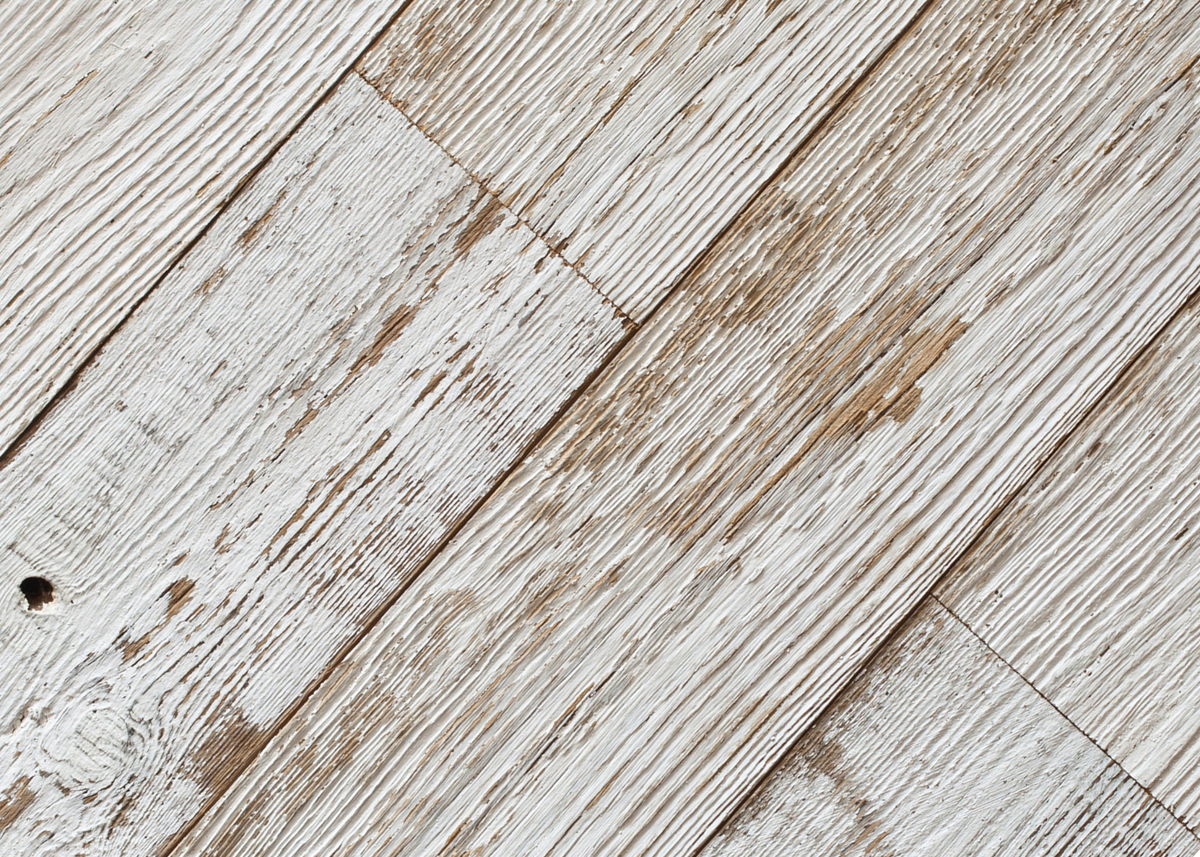
Known for his maximalist sensibilities, Brudnizki dreams up some of the world’s lavishly appointed commercial and residential addresses that defy convention and seamlessly showcase references from different time periods.
Martin Brudnizki’s intricate understanding of aesthetics was ingrained in him at a young age. His father was a mechanical engineer, while his mother worked as a stylist. The fusion of these two professions paired harmoniously, playing quite an influence in Brudnizki’s life, who became enamoured with aesthetically pleasing spaces and buildings.
In 2000, Martin set up his eponymous studio Martin Brudnizki Design Studio (MBDS) in London, and a New York studio followed in 2012.
Today, he has become known for his ability to understand, process and incorporate style and functionality, all interweaved to conceive eccentric and whimsical aesthetics.
Some of his works include Soho Beach House in Miami, The Beekman in New York, as well as London restaurants The Ivy, Le Caprice, and J Sheekey, and Annabel’s — Martins design concept is about creating ‘homes away from home’.
It is plain to see the meaning: as much as they are grand and glamorous, they carry with them a sense of intimacy and comfort.
One of our favourite interiors is London’s 34 restaurant — a gentlemanly haven on Grosvenor Square boasting a sense of familiarity yet with an edge of intrigue through the novel use of pattern and texture.
The interior features; burnt orange leather banquettes and dark woods contrasted with light panelled walls and stunning light fixtures inspired by English, Edwardian and Art Deco influences.
In the case of 34, Brudnizki merged the traditional masculine feel of a steakhouse with the neighbourhood’s glamour.
“Whenever I embark on a new project, I always consider first the context, the character of the city and the street, as well as the expectations of the client,” he states.
The main dining area features rich terracotta leather and mahogany wood chairs and banquettes, a floor design featuring reclaimed boards of oak and rosewood, and white crackle-glazed timber walls.
Meanwhile, the bar area showcases grained millwork and sparkling glass details.
Another inspiring architectural project — The Beekman Hotel, a luxurious yet historic New York City landmark that was originally designed by architectural firm Silliman & Farnsworth in 1883 and was used for a variety of functions over its life before becoming an opulent hotel.
Martin Brudnizki’s design team created a lush and sophisticated space that proudly displays the beauty of the edifice while maintaining its historic patina.
The rich architectural story of the Temple Court guided the design of the hotel. From its distinctive Queen Anne exterior, to the Bretonian beauty of the dilapidated Victorian interior found inside, The Beekman has such provenance.
A small-scale black and white marble mosaic floors in a hexagonal pattern leads to a reception desk upholstered in a patchwork of colourful rugs, further adorned with a dark, antiqued timber top.
The surrounding walls are panelled with rich timber and feature a decorative freeze, above which are walls which have been stripped back to reveal the original plasterwork. Hanging overhead are whitewashed timber chandeliers decorated with gold leaf to further magnify an elevated sense of being whilst staying true to the building’s organic beauty.
Accents of bold orange and blue can be found around the room, adding a unique and dynamic tone to the rich timber hues. The seating comprises of a range of armchairs and sofas, upholstered in yellow chenille and green mohair and sits atop a large colourful rug.
The interior’s public spaces are cosy and inviting, composed of rich dark finishes with accents of solid jewel-toned blocks of vibrant luxury furniture in vintage pinks, greens, reds, yellows, and blues.
Conclusion
Brudnizki is internationally renowned as a top interior and product designer. His devotion to functionality coupled with the love of layering diverse materials, textures, and styles, allows him to craft an environment that resembles a personal and unique touch to each client’s specific lifestyle. Overtime. The sought-after designer has acquired incredible proficiency in design, specialising in high-end and luxury schemes.

Slow design is a unique and vital form of creative activism that offers an opportunity to find fresh qualities in design research, ideation, process and outcomes — and ideally slow down the metabolism of people, resources and flow. A process that is deeply conscious of the lifespan of its end product, delivering new values for design, and contributing to the shift towards sustainability.
In 2008 Carolyn F. Stauss, founder of the SlowLab of Amsterdam, and Alastair Fuad-Luke published the paper ‘The Slow Design Principles — A New Interrogative and Reflexive Tool for Design Research and Practice’, describing the six principles of slow design they have developed, with which they wanted to “… posit a new evaluative tool to encourage design practices to orientate towards social, cultural and environmental sustainability under the rubric of slow design.”
There’s also an inherent need to design spaces for thinking, reacting, dreaming and musing — in order to “satisfy real needs rather than transient fashionable or market-driven needs” by creating moments, products and design outcomes that carry a message of ecological soundness and consumer enjoyment.
The six core principles of slow design are not a design method, but rather, a philosophy to inspire designers and stimulate thinking in new ways. These include: reveal, expand, reflect, engage, participate and evolve.
Principle 1: Reveal
Slow design uncovers over-looked spaces, experiences, materials and processes in day to day life that are often missed or forgotten in an artefact’s existence or creation.
The manifesto urges people to “think beyond perceived functionality, physical attributes and lifespans to consider artefact’s real and potential expressions.”
Principle 2: Expand
Slow design considers the real and potential “expressions” of artefacts and environments beyond their perceived functionality and physical appearance.
The highly conceptualised principle suggests that we should consider aspects beyond shape and aesthetics, instead pay more attention to the form of interactions that take place between human beings, objects and spaces.
Principle 3: Reflect
Slowly-designed artifacts and environments induce contemplation and ‘reflective consumption’. “Product designers are questioning not only ecological values, but also perceptual and emotional experiences that the unique materiality of products can deliver,” Strauss and Fuad-Luke state. They encourage designers to create with wellbeing in mind, and emphasise ephemeral beauty that reminds us that everything is transient and short-lived.
Principle 4: Engage
Slow design processes are “open source” and collaborative, relying on sharing, co-operation and transparency of information so that designs may continue to evolve into the future. Today design charrettes, in which several participants meet to share ideas, as well as brainstorm solutions to design and architectural problems, are another example of transparency and collaboration.
Principle 5: Participate
Slow design encourages people to become active participants in the design process, embracing ideas of conviviality and exchange to foster social accountability and enhance communities. Clients who are a part of the design process are generally satisfied with the end result.
Principle 6: Evolve
Slow design recognises that richer experiences can emerge from the dynamic maturation of artifacts and environments over time. This means looking ahead, evaluating processes and outcomes that are most reliable and needed for a better future, and becoming agents of both preservation and transformation.
Several design projects have been inspired by the slow design principles. An example is the Sasa Clock by Icelandic artist Thorunn Arnadottir. The refined and elegant Sasa Clock asks the user to relax, slow down and let time flow, as there is no quick way to read it. The clock comprises of brightly colour-coded necklace beads which revolve around a slowly rotating stainless steel carousel, with each colour representing an increment of minutes or hours
The beads are stained beech wood; orange represents hours and gold and silver beads signify noon and midnight. With an almost imperceptible slowness, the clock drops a bead along the cord at five-minute intervals. You can always stop time completely from the wheel, and wear the beads proudly as a statement of freedom from time. The clock is available in two versions and colourways; natural wood with white hour beads and blue with orange hour beads
“As the carousel turns, it slowly advances the wooden bead until it drops down a gap in the necklace. The last bead to have dropped indicates the correct time. The action of the beads slowly edging towards a precipice and then dropping – like a dewdrop from a leaf – gives us the impression that time is moving more slowly.” — Daniel Estes, product developer.
Conclusion
Slow design allows for a more unique, detailed and honest design process, and it’s the ultimate expression of authenticity. It aids at reconnecting the designer with their materials and processes, asking them to take responsibility for their choices. Slow design will provide the means for new philosophical journeys, assurance of appropriateness in design outcomes, and restoration of integrity and meaningful connection to places, spaces and experiences — unconstrained by the mantle that economic imperatives have driven, and continue to drive.

Have you been feeling a little stressed lately?
Research suggests that when we are under pressure and experience anxiety, our brain’s ability to think logically goes “offline” as a result of our bodies being wired to treat stress as a threat. You can imagine how this affects our mental well-being, performance, attitude and physical state both at home and at work.
Mindfulness by definition is, “the practice of maintaining a non-judgmental state of heightened or complete awareness of one’s thoughts, emotions, or experiences on a moment-to-moment basis.” Seems simple enough, right?
Today, mindfulness is an essential aspect of the wellness culture which permeates modern society.
Gaining prevalence in recent years, psychological wellness is widely considered a significant element to a happy and joyful life, and hence the intricacies of mindfulness have come to be a playbook for anyone seeking to achieve their own state of peace.
Reinforcing the fundamentals of wellness begins with personal spaces — and there are simple means to use home decor to inspire mindfulness in everyday life — notably by embracing organised spaces and clean lines that provide less visual stimuli.
The best part about creating such a space is that there is no wrong way to do so. All that’s important is a little time and your good intentions. Below are ways to help inspire mindfulness at home.
Identify the purpose of your space
Looking to create a room for mindfulness in your home?
The first thing is to consider how you will be using your space.
Another crucial part is setting your intentions for that particular area. Different purposes require different attributes.
For instance, if you wish to create a meditation corner, you will simply require a small space with comfy cushions, greenery and perhaps a timer nearby. Once you set your intention, it is time to discover where you’ll be spending your time.
Find the perfect spot
Together with your Intention in mind, search around your home to find an ideal spot. If you want to create a meditation zone, you’ll want to find an area that’s quiet, that you can claim as yours and is free from disruption. For yoga, you might require a spacious room, possibly with a mirror.
Remember that the spot that you choose may require a bit of transformation and decorating. Some areas to consider for your personal space include:
- spare rooms
- quiet corners
- small patios/screened-In patio
- garden spaces
- a space in your backyard
Personalise your space
Make your space your own by personalising certain aspects of the area that are most important to you.
This doesn’t have to be one particular area, but the different rooms in your home that you enjoy spending time in.
Perhaps you may also wish to add fabrics, art pieces, cards from loved ones or other touchstones.
These are just a few elements you can incorporate to spark inspiration — what you do with your space is entirely up to you, and should reflect your personality and unique taste.
Set the ambience
Add a little ambience to your interior space by introducing organic candles, incense and oils into your room.
The sense of smell is one of the most primal senses. Your olfactory glands can transport you a different place and time.
Familiarity is a significant facet of a mindful home, and psychology today indicates that scent is one of the most effective tools for recalling memories. Whether you are looking to call upon reflections of home or even create your own, developing a signature scent for your indoor environment is a terrific way to get started.
Ensure every object has a purpose
An essential ideal of mindfulness is to ensure that each act, or in this case, each item in your home serves a purpose.
While impulse buying may be tempting when redecorating, consider the reasons why a piece of home decor speaks to you prior to making a purchase.
Buy new items sparingly: only when you’ve got a specific need for them or when you are sure they will contribute your home in a positive manner.
Conclusion
‘Creating a space for mindfulness in your home allows you to practice wellbeing in a way that reduces stress and leads you towards a more joyful and peaceful life. In planning that space we recommend you consider three key points;
- Work out how you wish to practise mindfulness, so that it helps you find the perfect spot
- Decorate it in a personal way that helps you to switch off from distractions
- Create the mindful mood with scent and decor
All that’s left to do after that is dedicate some time each day to use your space to recharge.’
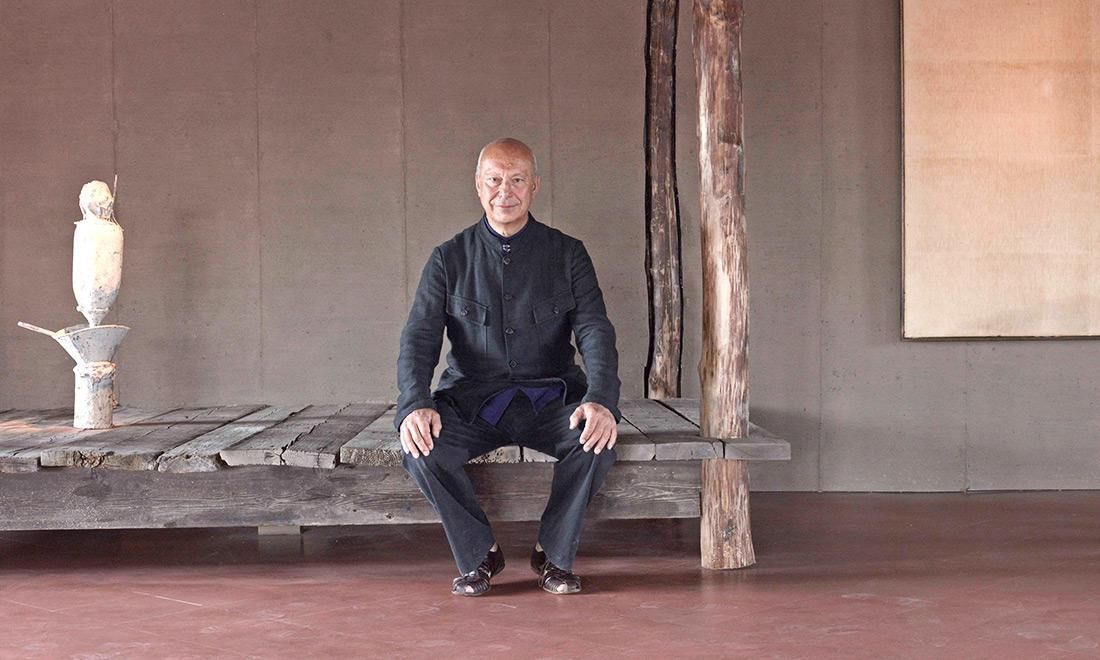
You cannot talk about interior design without mentioning Vervoordt’s cerebral, unique taste. His incomparable eye and keen sense of beauty has existed for more than just a while. Setting up base in an old yet classic Belgian castle, over the years he has evolved an unmistakable harmonious style, becoming a patron of the arts across the globe, whilst curating multiple distinguished exhibitions.
“Collecting is in your blood. My mother loved it as well. We didn’t live in a grand house, just a small one, but she always made it look beautiful. She lit candles every night. I love rooms with atmosphere.”
A timeless approach
The nature of a trend is that Architects and Interior designers need to be constantly updated with evolving style and trends to stay ahead in their game.
However, some designers are known for their signature style that many try to replicate. Ever since the green initiative took precedence and sustainability became an important concept commercially as well as on a personal front, there has been an attempt to incorporate it into the world of architecture and design. The use of durable materials like reclaimed wood, or natural fabrics add a touch of nature and sublime beauty to your home. One of the most acclaimed designers, who has great respect for durable materials and traditional craftsmanship is Axel Vervoordt.
The line between different time periods appears to blur into soft-toned rooms, that exude admiration for the history and the original character of the interior space. His prominent bespoke projects bring together elements of nature: light, water, metal, wood — and combines these with his inspired arrangements of objects and modern aesthetics.
However, as easy as it might look to bring together the old with the new, Vervoordt emphasises that decorating isn’t so much about aesthetics as it is about cherishing both the past and the present:
“I mix art and objects from different periods. We’re all products of the past, but we must also take inspiration from the present. And we have a responsibility to build a new society for tomorrow. It’s a pity when collectors go contemporary and get rid of their older art. I tell them to keep the best of the old and search for interactions with the new.”
Wabi Sabi
Rooms with an atmosphere is a slight understatement; his refined yet elegant interior aesthetics breathe an air of eastern serenity. Which isn’t a mere coincidence: the essence of wabi sabi — a Japanese philosophy that values respect and simplicity and sees beauty in imperfection and authenticity — an aesthetic notion that transcends traditional design and observes the beauty found in imperfection.
Quiet and slow, it observes cracks, ageing and most importantly, authenticity; an attitude that’s deeply cemented in his work. Earthy colour palettes, raw unfinished woods, antique panelling, textural linen and humble and exquisite objects alike come together to create what he defines as “harmonious living”.
The TriBeca Penthouse
One of his most sublime and ethereal designs is the TriBeCa Penthouse. The much talked about penthouse atop New York’s Greenwich Hotel was designed for Robert De Niro.
The 2,800 square foot penthouse is tastefully done and is an eclectic mix of antiques, reclaimed materials, natural fabrics and neutral shades. Vervoordt worked with Japanese architect Tatsuro Miki on the project based on the ancient Japanese wabi-sabi principles of purity and simplicity. He incorporated sustainable materials like reclaimed wood, stone and steel. Many of his designs have Asian motifs and an East meets West blend. The cohesive idea is to find harmony in chaos reflected in rough finishes and the resurrection of vintage and reclaimed pieces.
“We want to express a Tribeca character in the most humble way, because the architecture is so simple, it belongs as much to the past as to the future,” says designer Axel Vervoordt.
Background
Axel Vervoordt is a Belgian interior designer, antique dealer and collector regarded as one of the most original and influential figures over the past four decades in the field of art and design. Vervoordt has a unique take on designing drawing from different cultures and historical periods. Apart from dealing in antiques and designing stunning interiors, Vervoordt is also a curator and furniture designer who constantly encourages upcoming singers, performers and artists.
Axel Vervoordt believes in the beauty of simplicity and looks for harmony in imperfections. He embodies soul into his designs with materials like reclaimed wood, refurbished materials, antiques, muted colours and natural yet luxurious fabric décor.
What sets Axel Vervoordt apart from other designers is his raw and earthy designs. His style is poetic and enchanting without being overly dramatic or designed. He keeps the décor understated, letting the gorgeous antiques and reclaimed pieces immerse you in their undiluted beauty. In Axel Vervoordt’s own words, “Simplicity is the ultimate sophistication”
Conclusion
To see an Axel Vervoordt space is to be immediately transported into a world of raw, effortless elegance. His design dialogue on natural calmness in the spaces he designs is one that resonates with one profoundly. His pursuit for harmony results in a remarkable balance of opposite aesthetics: raw and refined, airy and moody, detailed and meditative, serene and uneven.
The use of roughly poured concrete reclaimed wood, and antique object produces a rare authenticity, at the same time appreciating the imperfections found in the materials he uses. Above all, there is a sort of patina to Axel Vervoordt overall design signature — it’s a rich blend of old-world simplicity with contemporary sophistication that is hard to recreate, and therefore uniquely, so naturally, him.

Oak is the staple of the lumber industry, by far the most popular species and most widely utilised across Europe.
Its existence in our everyday lives goes unnoticed to most, yet it’s everywhere.
Designers and architects who recommend wood flooring, veneers, cabinetry or millwork on projects are intimately familiar with this wood type.
Attributes of European Oak
European Mountain oak is exceedingly strong, heavy and durable.
Also, the character within the oak is better distributed throughout the tree because of the steady and regular growing pace of the tree, this makes it a perfect and reliable choice for our floor finishes.
Similar to genuine reclaimed oaks from at least the last century in Europe, slower grown oak has a tighter grain and produces a more stable wood structure.
Only with a significant amount of tannin in the wood can we create our hand-made and custom finishes.
We pride ourselves on sourcing our new European oak from specific forests that run across Northern Europe.
Our Mountain oak is slower grown because of the rocky soils with less water content, and shows rich and consistent character which is vital when supplying such large quantities of flooring and manipulating tannin levels within the oak itself.
European Oak is good for the environment
If you have any concerns regarding how you could possibly be impacting the environment through purchasing your new oak flooring, please understand that wood is the only naturally renewable construction material, and far less energy is consumed in timber production, processing and disposal than any other building material.
European oak stands as one of the most environmentally-friendly woods available.
Requiring no chemical treatment or industrial reprocessing, the process of oak wood production is remarkably straight-forward, whilst the slabs of oak timber can also be reused and recycled as need be.
European Oak is flexible to use
Another benefit of using oak wood is its flexibility.
Regardless of whether you’re installing wall-cladding, installing floors, raising a stair, or the entire structural framework of a house, an oak beam is simply one of the best materials to use.
European Oak improves with age
European mountain oak actually improves with age like good wine.
Even within a few years, the colour will get richer; and with proper care, it really gets better and better.
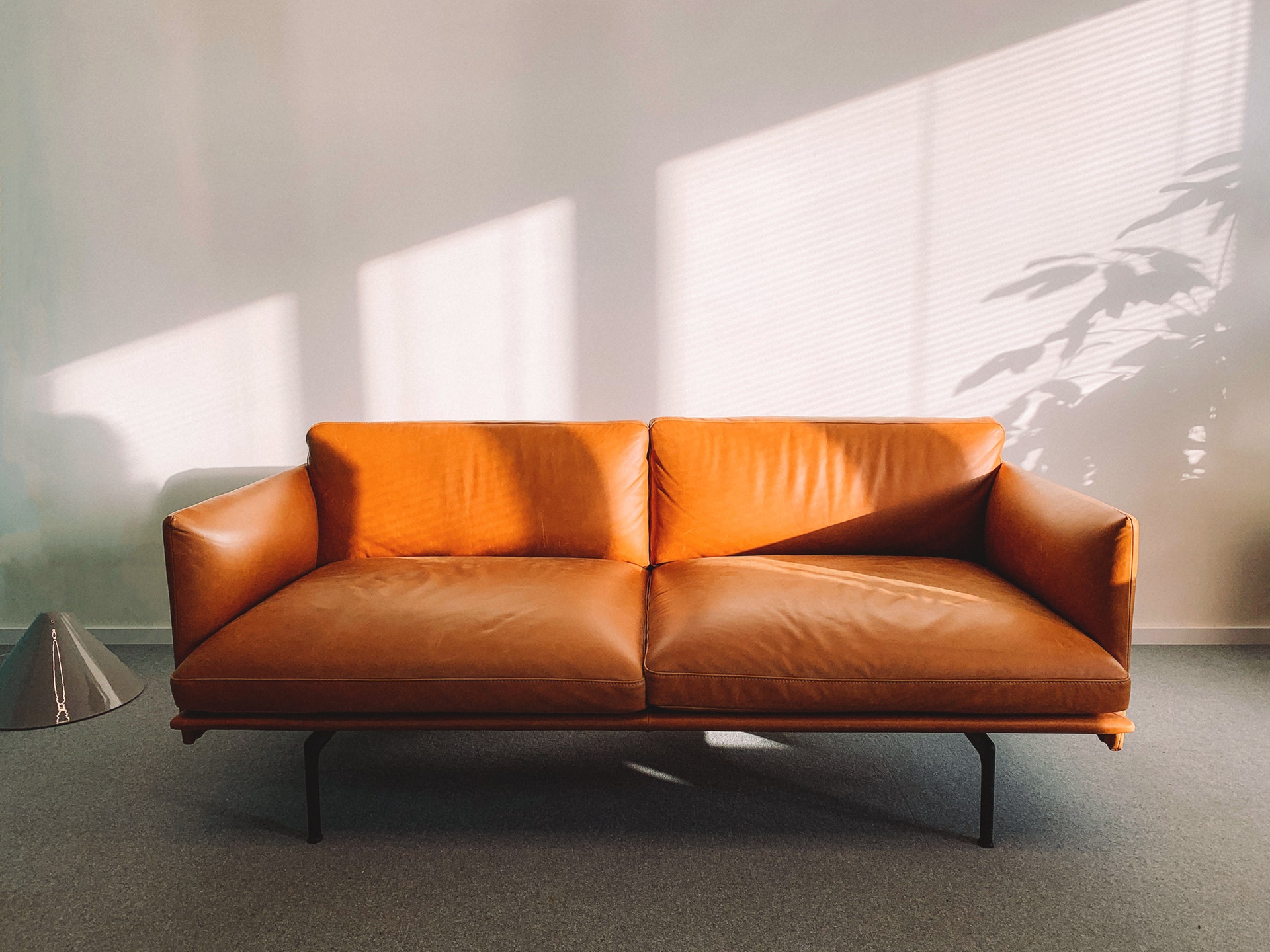
Surprisingly, according to various research studies, millennials are the largest group of home buyers…
However, their shopping habits are far different from those of yesteryear.
Research indicates that the millennial generation spends a great deal of their income on technology, fashion as well as dining out compared to older generations, while only 4.5% goes towards furniture.
This shift of behaviour has brought a viable alternative: “fast interiors”.
As opposed to purchasing, you can now rent your furniture for 3 months or for a number of years.
While the surge of furniture rental services might seem uncommon, actually, it is an apparent extension of the sharing economy and the circular market that has been growing, particularly in extremely inhabited urban areas, for the past decade.
With more young professionals working and living remotely, this has triggered different companies to explore products and systems that make it possible for a lighter, much more adaptable transient lifestyle.
A growing market
Brands are getting in a brand-new crop of revolutionising subscription-style decor, and have picked up on the decor-based rental service trend.
From furniture to art pieces, there is a range of commitment-free means to decorate your space while remaining on-trend and within your budget plan.
After discovering that sustainability in design is hindered by an ever-constant demand to create more stuff, and that people’s growing interest in curating their living spaces indicate they have a more transient connection with what’s in their homes, Wallpaper * editor-at-large, writer and curator Henrietta Thompson and her husband Ed Padmore established Harth — a rental platform for furniture and art that’s intending to bring a circular economy to the world of interiors.
In partnership with contemporary luxury brands such as Lee Broom, Stellar Works, Talisman Aarnio Originals and more, Harth rents out furniture pieces to its clients for both long-term home furnishing or temporary situations such as pop-ups, events, weddings and show homes.
For most, the art world appears to be exclusively for art enthusiasts and is beyond intimidating to novices.
However, a London-based online marketplace Rise Art, is aiming to transform that mindset with its almost too good to be true art rental solution.
The company essentially offers you the opportunity to test out original signed works worth several thousand pounds before purchase.
Consider it as a trial subscription for contemporary paintings, sculptures and more.
While you’ll certainly see more expensive pieces on the website, Rise Art has rentals available to take home for as little as £25 a month from up-coming urban artists such as Chris Ofili and Hush. The site also has offerings from renowned artists like; David Hockney and Peter Blake.
You can also rent artwork for as long as you like, until you decide to keep it or proceed to your next test-run.
Interestingly, larger retailers have also started testing similar home decor rental services. Ikea revealed strategies to broaden its furniture renting service to 30 markets during 2020.
“We know from our research that people’s behaviour and relationship to things are changing — as small space living becomes more common, and people are becoming more conscious of their impact on the planet, they want to be less wasteful and are looking for help to prolong the life of their belongings,” said Pia Heidenmark Cook, chief sustainability officer at Ingka Group.
The company, which has a track record for promoting sustainability, hopes that this service will reduce the amount of furniture waste.
“When that leasing period is over, you hand it back and you might lease something else,” said Torbjorn Loof, chief executive of Inter Ikea. “And instead of throwing those away, we refurbish them a little and we could sell them, prolonging the lifecycle of the products.”
Waste reduction
A 2015 report by EPA revealed that 12.05 million tons of furniture waste were produced, 10 thousand tons were reused, 2.35 million tons were combusted with energy recovery and a tremendous 9.69 million tons ended up in landfills.
Getting the most out of a furniture’s “useful life” prior to sending it to a landfill is crucial to both brands and consumers alike. Refurbishing and redistributing furniture is a way to contribute to combating furniture waste.
It is also really vital to be aware of the quality of products brands put into circulation up-front to ensure that it can be refurbished or refreshed into a like-new state. The world has to move to a more circular economy model where you can buy, use, refurbish and re-use. Hence getting 3 or 4 lives out of an item makes people more conscious of the quality of the product created in the first place.
Conclusion
Interior and furniture companies are making it possible, as well as feasible to transform any kind of space in whatever way we desire, for as long as we like, easily, conveniently and with complete peace of mind — enabling us to be a lot more flexible and experimental. We can be more environmentally conscious and we can enjoy a lot more design.

Humans are visual creatures, therefore, the design of our physical surroundings — including landscapes and buildings — can have a significant impact on our psychological state and wellbeing.
The mental and emotional benefits of naturalness, in particular, are widely documented in numerous environmental psychology literature.
Some specific patterns found in nature are called fractals — which are patterns that repeat at different scales. This means if you look closely, you will see the same pattern replicated, and much smaller, inside the larger outline. For example, trees are natural fractals, with visible patterns that repeat smaller and smaller copies of themselves to create the biodiversity of a forest.
Spots, stripes, ripples, branching, spirals, cracks, waves, hexagons and florals are visible regularities of form found in plants and natural systems, including the weather.
For many years, patterns were studied by mathematicians in an attempt to try to understand the order in nature.
Spirals, for example, are so abundant in nature and are commonly seen in plants and in some animals, notably molluscs. You can clearly see the spiral as a flat curve in ferns, but also as a 3D spiral in petals as they unfurl around the flower bud. And because of the sacred quality that humans attribute to nature’s fractal scenery, spirals have been used in a range of religious and sacred architecture.
Psychological benefits of natural patterns
Psychological and physiological benefits of viewing nature environments have been extensively studied for some time. Research shows that being around nature has positive outcome such as stress reduction, improved mood, enhanced attention, and cognitive functioning among other salubrious effects.
Likewise, more recently, it has been suggested that some of these positive effects can be explained by nature’s fractal properties. Natural elements and even representations of them can be found in certain built environments that exhibit visual patterns inspired by biological systems.
Experiments have been done using eye-tracking equipment to better understand how people look at these patterns. Using functional MRI (fMRI) techniques to quantify resulting brain activity, it appears that people are “hard-wired” to respond to certain forms of fractals in nature.
As it turns out, many studies indicate that exposure to fractal patterns in nature reduce people’s levels of stress by as much as 60%. The stress reduction effect transpire due to physiological resonance that takes place within the human eye.
Researchers have also proposed that organic patterns in art, architecture and landscapes may be inherently preferred over synthetic forms, and that exposure to naturalistic architectural spaces may induce many of the psychological benefits of interacting with nature itself. In such built environments, we tend to feel less stressed and anxious, more relaxed and engaged.
This suggests that naturalistic visual patterns reveal rich sensory information similar to what we encounter in our natural surroundings.
Biomorphic forms and patterns
Many buildings across the globe exhibit nature-like characteristics, making them interesting, captivating, contemplative and absorptive. Biomorphic forms and patterns are nature-inspired approaches to design and can apply to architecture, interior and product design. Nature’s living, curving, undulating shapes and patterns have long served as a fruitful source of inspiration for architects and interior designers around the world.
In design, incorporating organic and biomorphic patterns doesn’t necessarily mean using actual living things, but instead seeking to emulate and reference nature. Ultimately, forms and patterns avoid the harsh edges of right angles and straight lines and instead turn towards a high density of curved edges, high frequency of contrast changes and symmetrical moments of interest and captivation.
Whether used in a functional way, as a decorative piece, or a structural aspect of design, biomorphic forms and patterns have been shown to contribute positively to human well-being by reducing physiological stress responses and increasing view preferences — both key to establishing a healthy life balance and enhancing mental health on a large scale.
The aesthetic use of natural patterns
The objective of biomorphic forms & patterns is to provide representational design elements within the built environment that allow users to make connections to nature. The intent is to use natural patterns in a way that creates a more visually preferred environment that enhances cognitive performance, while helping reduce stress.
Humans have been decorating interior spaces with representations of nature since time immemorial, and architects have long created spaces using elements inspired by trees, rocks, bones, wings and seashells.
Many classic building ornaments are derived from natural forms, and countless fabric patterns are based on leaves, flowers, and animal skins. These architectural and design elements evoke sentiments that tap into our inherent responses to the patterns, movement, light, shape and space encountered in nature.
Design considerations that may help create a quality biomorphic condition:
- Apply on 2, or 3 planes or dimensions (e.g., floor or wall plane and wall; furniture windows and soffits) for greater diversity and frequency of exposure.
- Avoid the overuse of forms and patterns that may lead to visual toxicity.
- More comprehensive interventions will be slightly cost-effective when they are introduced early in the design process.
Designed in 1983 by architect Victor Horta, The Art Nouveau Hotel Tassel in Brussels is a prime example of biomorphic patterns.
The beauty of Hotel Tassel is signalled by the use of iron and steel while drawing decorative motifs from nature. The interior space in particular is rife with Horta’s “biomorphic whiplash” design signature: natural analogues, graphic vine-like tendrils painted on the wall and designed into the banisters and railings, floor mosaics, window details, furniture, and columns are the most eye-catching features.
The curvaceous tiered steps seem to make distant reference to shells or botanical forms.
Material connection with nature
Similar to biomorphic patterns, material connection with nature takes its inspiration from the outside world and seeks to incorporate it into the interior environment.
Yet, this pattern specifically features actual materials that make a space feel warm and authentic and sometimes stimulating to the touch.
Material connection with nature pattern is guided by the core belief that human receptors always prefer real to synthetic materials and can tell the difference between the two. Touch is at the centre of this pattern, and creating a space where exploration is encouraged is a major component.
This pattern manifests itself in design through a number of different ways, including the incorporation of a natural colour palette, particularly green to facilitate creativity and cognitive performance — using variety of materials in a single space: wood, stone or dried grasses for example — and the use of these materials in specific ways based on a room’s functional needs: for example, a certain percentage of solid wood flooring in a room can exhibit a significant decrease in blood pressure or serve to encourage restoration or relaxation.
By using natural materials optimal for engendering positive cognitive or physiological responses, we can enhance our ability to grow and thrive within our interior environments.
Conclusion
The primary goal of designing with patterns inspired by nature is to create an enriching environment based on an understanding of the symmetries, fractal geometries and spatial hierarchies found in our natural surroundings. The more in contact we are with nature, the more at-ease we feel.
Humans instinctively respond well to visually interesting spaces. By understanding the mathematics behind complex design and using nature as a guide, we can bring back, conserve, and promote biophilia in modern and future urban systems
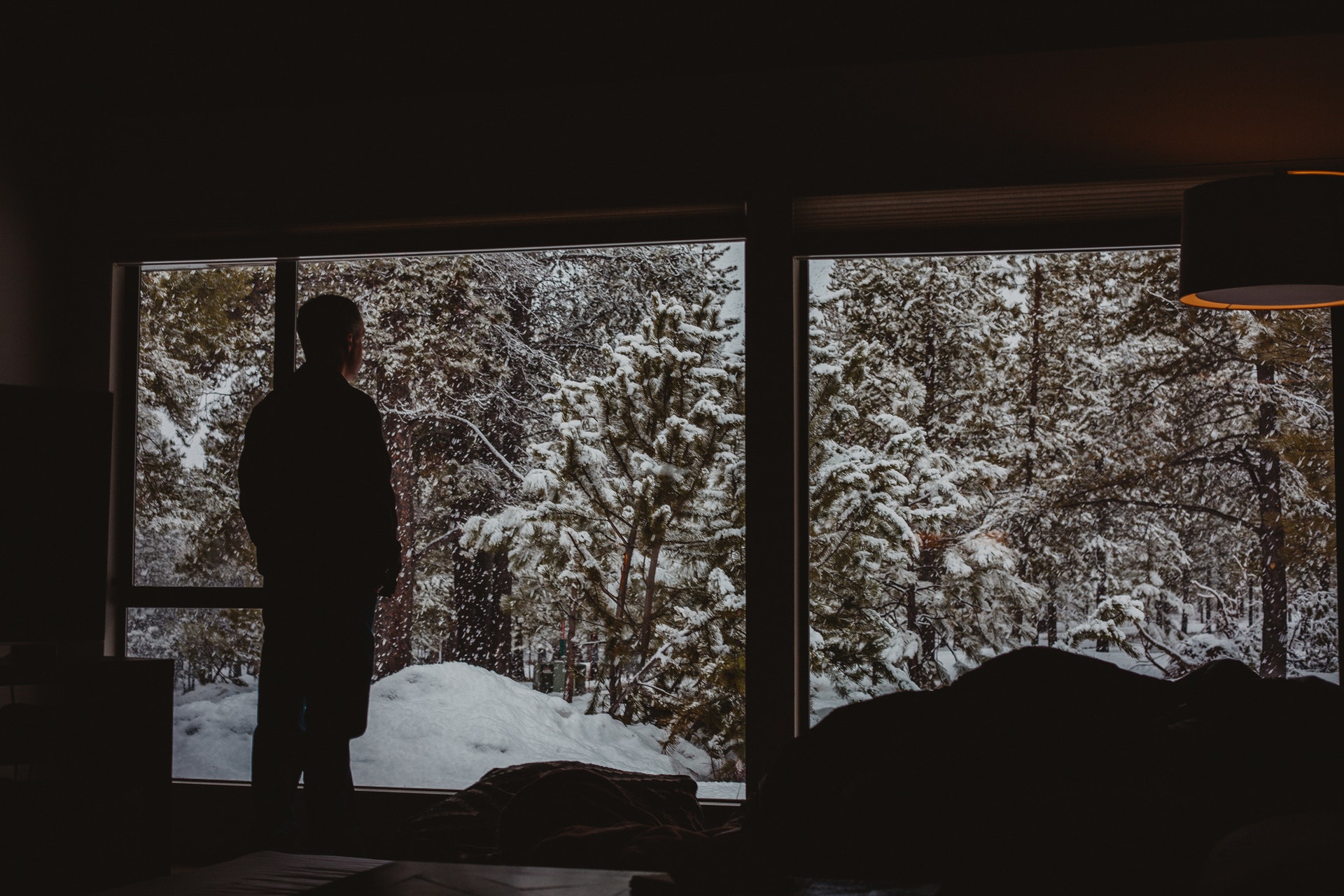
Indoor air has been regulated for decades, but an increasing body of scientific evidence reveals that the indoor air quality within residential, institutional and commercial buildings can be more seriously polluted and harmful than the outdoor air.
Research also reveals that we spend 90% of our time indoors. Consequently, for many people, exposure to air pollution indoors has a significant impact on their health and quality of life than outdoors.
More importantly, people who may be exposed to air pollutants inside a building for a prolonged time are often those most sensitive to the effects of high concentrations of indoor air pollution.
Some of the most vulnerable groups include infants, the elderly, and the chronically ill, especially those suffering from allergies, chronic respiratory or cardiovascular disease.
What causes indoor air problems?
Odourless and colourless toxic gases and particles, inadequate ventilation and high temperature and humidity levels are the primary contributors to indoor air quality problems in buildings. Indoor air pollution can be emitted from damp surfaces, cooking, heating, household cleaning and personal care products, insect sprays, paint, furnishings and more.
Many contaminants that grow in damp environments, such as insects, dust mites, mildew and moulds, often manifest when we need to keep doors and windows closed to keep the insides of our buildings cool in the summer or warm in the winter.
A National Air Quality Testing Services (NAQTS) study commissioned by environment charity Global Action Plan highlights health threats posed by indoor air pollution. The study describes UK homes as “toxic pollution boxes” that are facing poor air quality, that is on average 3.5 times worse inside than outside, peaking at 560 times outdoor air pollution.
NAQTS studied four properties around the UK: London, Pontypridd, Liverpool and Lancaster, in April and May 2019 — and found remarkably similar patterns of ultrafine air pollution particles, over a 24-hour period inside and outside the four properties.
Research data revealed that activities such as cooking or burning wood alongside outdoor air pollution adds to indoor air pollution building up in the home, and takes longer to disperse.
Researchers also identified that all four homes exceeded some aspect of the World Health Organization guidelines on safe air pollution levels. Toxic substances such as formaldehyde were found to be up to eight times above safe limits, and volatile organic compounds (VOCs) were up to 10 times the healthy limit, with carbon dioxide three times the healthy level.
“This study provides early indicators of the scale of the air pollution challenge that we face in the UK — not only on our streets but in our homes,” says Professor Stephen Holgate, a leading health and air pollution expert at the University of Southampton.
“With children spending increasing hours indoors exposing them to ultra-fine particles of pollution, which can enter the bloodstream and could have a greater impact on vital organs, urgent action needs to be taken to address this issue of indoor air pollution.”
Another research conducted by Opinium Research, as part of the Clean Air Day campaign has found:
- Only 36% of adults are aware of the effects of indoor air pollution on their health compared to 85% of UK adults that are familiar with the effects that outdoor air pollution has on their health.
- Three in five (60%) were unaware of any actions they can take to reduce indoor air pollution.
- Householders are attempting to improve the ambience of their homes — nearly half (48%) of UK adults burn candles to improve the ambience of their home, while a similar number use air fresheners (53%).
- One in six (16%) of those surveyed identified smelly food as a key source of indoor air pollution.
- Those surveyed were asked about the effects that personal care products have on air pollution in the home. Whilst a massive 80% of those questioned identified the indoor effects that hairspray has on pollution, two thirds (68%) had no idea that fake tans products are also harmful.
Indoor air and human health
According to the Environmental Protection Agency (EPA), if too little outdoor air enters a room, the indoor air pollutants can aggravate, irritate, and in some cases be life-threatening — and symptoms may be experienced as soon as one is exposured or, in some instances, years later. Immediate effects include irritation of the eyes, nose, and throat, headaches, dizziness and fatigue.
These are usually short-term and treatable. A simple treatment may involve eliminating the person’s exposure to the source if it can be identified. Other symptoms that may develop soon after exposure include; asthma, hypersensitivity pneumonitis, and humidifier fever,
Some health issues may develop years after exposure to hazardous pollutants or only after long or repeated periods of being in a place that has problems with indoor air quality. These effects can be long-term and severely debilitating or fatal: respiratory diseases, heart disease, and cancer. It is crucial to try to improve the air quality of your indoor environment even if symptoms are not noticeable.
Preventing indoor pollution
1. Source control
The most effective strategy recommended to improve indoor air quality is to identify and eliminate the source of the problem. Some sources that have a high concentration of VOCs can be removed completely from the indoor environment. While others, like ensuring proper adjusting and maintenance of all fuel-burning appliances and limiting or avoiding the use of products such as candles and deodorizers can help decrease the amount of emissions.
2. Ventilation improvements
Efficient ventilation helps lower the concentration of indoor air pollutants. Opening windows and doors, using window or built-in fans when the weather permits, and keeping air ventilation systems clean can introduce outside air into the building and exhaust stale indoor air in order to remove or dilute it.
Better yet, adequate room ventilation has been shown to reduce dust mites, mould, and other organisms that have accumulated inside. More importantly, good ventilation is linked to better school performance, work productivity and a lower rate of absenteeism.
Conclusion
Many factors make the air inside our buildings unhealthy. While indoor air pollution can aggravate allergies and cause sneezing, coughing, and itchy eyes, it can also attribute to extreme health problems such as respiratory disease and lung cancer.
Poor upkeep of ventilation, dampness and moisture, lack of fresh outdoor air or contaminated air being brought into the building are some of the few causes of indoor air pollution. The good news is if you’re looking for ways to improve the quality of your indoor environment, a lot can be done.
The elements of good indoor air quality should include comfortable temperature and humidity levels, adequate supply of fresh outdoor air, and proper control of pollutants from inside and outside of the building.
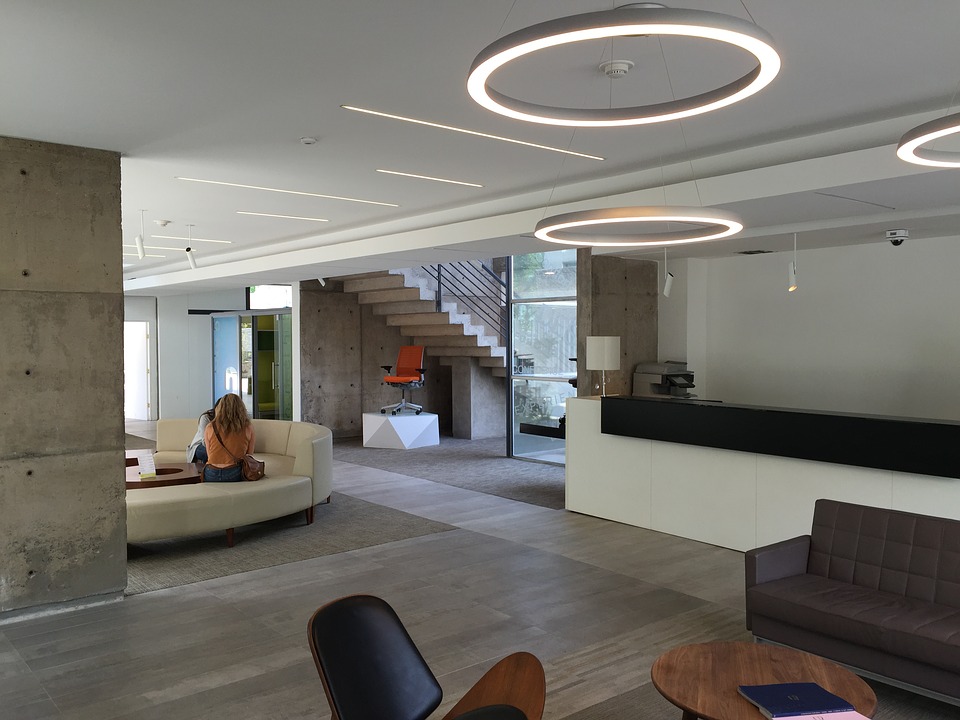
A wholehearted life is really what we all strive for — happiness, freedom, joy and love…
Finding a healthy work-life balance is yet another, and can have tremendous results on one’s overall well-being, ultimately leading to productivity and satisfaction in the work environment.
Companies that have shifted their focus from prioritising tasks to seeing the whole person’s wellbeing as intricately linked to performance have succeeded in generating healthy workplaces.
In the early 2000s, the practice of workplace wellbeing was often viewed as “nice to have” but not a necessity.
Over the years, the growing recognition of the impact of stress and hectic life has led to more companies implementing programmes that consider employees through a wellbeing lens.
These have grown from healthy snacks or health insurance to designing spaces that promote creativity, productivity and comfort.
Wellness is suddenly an essential factor in the business world.
Health professionals warn about it, employees worry about it and employers recognise if their staff “feels well” the business will “do well”.
The increasing attention on the subject’s topicality is not without good cause.
MIND, the leading mental health charity in England and Wales, suggest that ill-health, stress and other mental health problems are the second biggest cause of absenteeism and low productivity.
The wellbeing of staff is a win-win for employees and employers — companies continue to attract top talent and more individuals are feeling confident and are consistently producing high results.
The question however still remains… what does the future of wellness in the workplace look like?
“Despite the fact that many humans accept the world as it is, we have a remarkable capacity to plan ahead, shape the future, and adapt to new settings.” — Richard J. Jackson
Millennials are leading the future of wellness
It’s inevitable that we have to talk about Millennials, as they are the leaders paving the wellness way for both current and future generations. This generation has surpassed Gen Xers with a high involvement and education around sustainability and ethical issues, and has become the largest generation in the workforce. Why do Millennials have such a great impact on the future of wellness in the workplace? Well, here are a few facts about this generation:
- 90% actively want a healthy lifestyle and consider wellbeing the gateway to success
- 71% think staying healthy is about engaging in mindful practices, exercising regularly and maintaining a healthy eating lifestyle
- Millennials earn less than any generations but spend the most on wellness
As the line between work and life blurs, the demand for higher quality and more personalised services and office spaces that promote wellness continues to rise. The demand from this large and health-conscious generation pushes the limits of office design and fuels the growth of wellness-related discussions.
Future trends in the workplace
Prioritising employees’ mental health in order to promote a lasting sense of wellbeing will be one of the biggest trends in the coming years. There is a growing awareness that encompasses wellness of mind and body, and companies will go further into managing workplace mental health in the efforts to increase productivity, performance, staff engagement and knowledge sharing.
Another trend that will evolve and push forward wellness in the workplace will be changing in workspace design. When people are satisfied with their interior environment they perform better, and many companies will continue to adopt this ethos. Employers will need to specifically focus on elements such as ergonomic office furniture, light settings, natural light points, thermal comfort, air quality and integration of biophilic design elements.
Biophilic design will continue to gain importance
When you walk into a new environment, you get an immediate sense of whether or not the surrounding space enhances the physical, mental, and even spiritual wellbeing of the people inside it. Healthy workplaces should use intuitive design concepts and should feature an abundance of natural light, good air quality, acoustics that absorb distracting noises, hygienic materials, and colours, patterns and textures connected to nature.
One brilliant solution that’s pivotal to the future of workplace design and which shows a change in perception is the idea that the workplace should both promote and reflect living in balance with nature. This means promoting elements of biophilic design — in essence, bringing nature into the workplace to foster wellness. Biophilia suggests that people have an innate attraction to nature and that providing cues from nature in the workplace improves worker wellbeing.
There are many studies that show how things such as using natural material like wood, good quality of air and lighting have a huge impact on the quality of our brain function and productivity. And with traditional 9-5 office employees spending most of their day indoors, the future of wellness in the workplace relies on implementing clever design strategies that enhance the overall quality of the indoor environment.
Using reclaimed wood, solid wood and engineered wood and/or other wood elements, whether it be wood flooring or panelling, placing plants in different areas of the space, rethinking office layout plans to make use of natural daylight and views of nature are just a few features that prove biophilic design is indeed the best-kept secret of a great environment.
The workplace will be adaptable
Being able to move your desk or move to the other side of the office isn’t enough. The obvious solution, also an essential key to the future of quality workplaces is to build entirely different working environments that can be reconfigured in a matter of minutes. Some companies have already seen the benefits of this approach.
According to the BBC, the desks at headphone maker Skull Candy’s Zurich offices allow flexibility of use. The organic geometry of the tables offers a multitude of configurations, fitting together like puzzle pieces to cater for both individual and collaborative work. In the future, expect more companies to follow suit — offices will become places of both collaboration and connection.
More than just office space
Lego, for example, has taken hot-desking to a whole new level at the London and Singapore offices. The company introduced a system called activity-based working, which means that no staff member has a fixed desk any more.
The office space is divided into flexible work zones with no fixed seating and no offices for managers.
Healthy workplaces prioritise the importance of activity and offer something all employees crave: choice. They provide quiet zones, dedicated fitness rooms, walking meetings for those who dislike spending long hours plastered in the same seating arrangements, and on-site amenities and services that encourage employees to get up and move during the workday.
When considered individually, each of these touches may seem trivial, but when taken as a whole they create a physical environment that promotes comprehensive wellbeing for each employee — something that will be an immense factor in the future of wellness in the workplace.
Conclusion
As wellness continues to gain momentum in shaping the future working environment, it is essential that employee wellbeing is made a priority when discussing and developing an organisation’s company culture. We expect to see elements such as biophilic design and flexible working spaces become a norm for the modern office, rather than a curiosity implemented by only the most forward-thinking office designers and organisations. The future workplace acknowledges quality of life as a major enabler of quality of work.
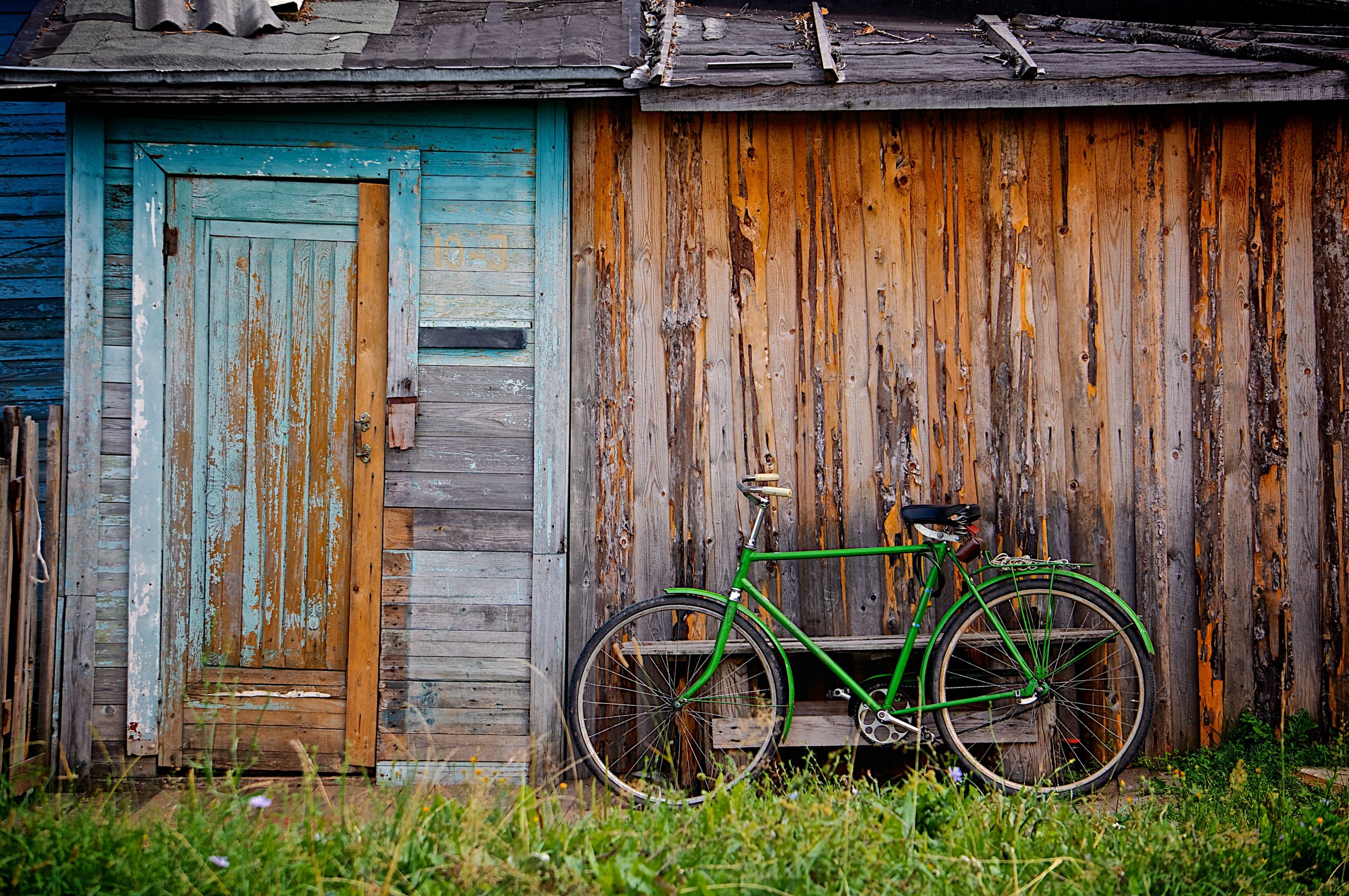
When faced with writing an article about the benefits of using reclaimed wood for furnishings, flooring and panelling in today’s homes, it’s pretty difficult to know where to start. Do we talk about the environmental benefits? Or maybe we should start with the fact the grain is denser in reclaimed timber making it so much sturdier and more durable than flooring with wood from newer trees? Then again, there’s the depth and unique character found in older wood…
But first we thought you might like to know the difference been reclaimed wood and recycled wood. Although on the surface they sound similar, there is a crucial difference – and that’s to do with reprocessing. Reclaimed wood is wood which is simply reused ie the flooring from an old dockyard re-laid in a modern Docklands apartment or a roof beam repurposed into a mantelpiece. In other words, it doesn’t differ much from its original state.
Recycled wood is timber which has been fashioned into a different item eg old crates made into a side table and painted or a fence which has been fashioned into a cutlery holder etc.
Environmental benefits of using reclaimed wood
You probably pretty much know already that over-forestation means there are fewer trees out there in our woods, forests and jungles. So it’s important to preserve what’s left. Products made from reclaimed wood do this because they’re basically recycling old wood, preventing the need for further trees to be cut down.
Meanwhile, when used in the construction trade reclaimed wood results in far fewer materials being sent to landfill (which in turn is responsible for polluting the environment). Actually, according to a recent government study only one per cent of construction materials in new projects used reclaimed materials. And the problem with using materials which have been newly developed, such as plastics, means even more pollution into our air and waters.
Another fact about wood and landfill is that when mixed with other forms of waste, wood doesn’t always decompose completely. Because of this it can release methane gas (which has been blamed for global warming). And, according to The Global Trees Campaign, less than 10 per cent of wood waste is reclaimed or recycled. In the UK it results in approximately 3000 tonnes of usable timber being either burned or sent to landfill. Here’s further statistics from the campaign:
- 30 trees can absorb 946lb of carbon dioxide from the atmosphere every year.
- 30 trees provide enough oxygen for 120 people every day
- 30 trees have the same cooling effect as 300 air conditioning units running for 20 hours each
Woodland animals benefit when old rather than new wood is used
Many creatures rely on trees to both live in and feed on. Birds nest in leaves while insects feed on bark and squirrels eat acorns. Fell too many trees and these creatures could disappear from our parks and woodlands forever.
Why reclaimed wood is wider than newer timber
If you compare old flooring built at the turn of the century such as those in Victorian and Edwardian homes with modern timber flooring you’ll notice that the planks in the latter are far narrower. That’s because the trees haven’t been allowed to grow and reach their full size – as a result, the planks in newer flooring aren’t as wide as those in reclaimed flooring.
Age gives reclaimed timber more strength and durability
The reason reclaimed wooden flooring is stronger and will last longer than flooring produced from newer timber, is because the older wood is less likely to split. The reason for this is that it’s been exposed to hot and cold atmosphere’s for so long that it’s already done all the expanding and contracting it’s ever going to do. In other words it’s already dried out and won’t do so any further. It’s stood the test of time, if you like.
The grain in the reclaimed timber is also much denser than the new wood which also means it’s less likely to warp.
Reclaimed timber simply looks better
Because it’s been allowed to grow for such a longer time, the rings in reclaimed timber are wider than you’d find in newer timber. There will also be more knots and other interesting markings to give the wood a unique and charming character. And talking of character, reclaimed wood has a history ie a narrative of its own and which also makes it special in its way.
You’ll be able to add it to your own family history too as the wood will endure, meaning future generations could also benefit from it.
Find out more about sustainable flooring at our website The Reclaimed Flooring Company.




